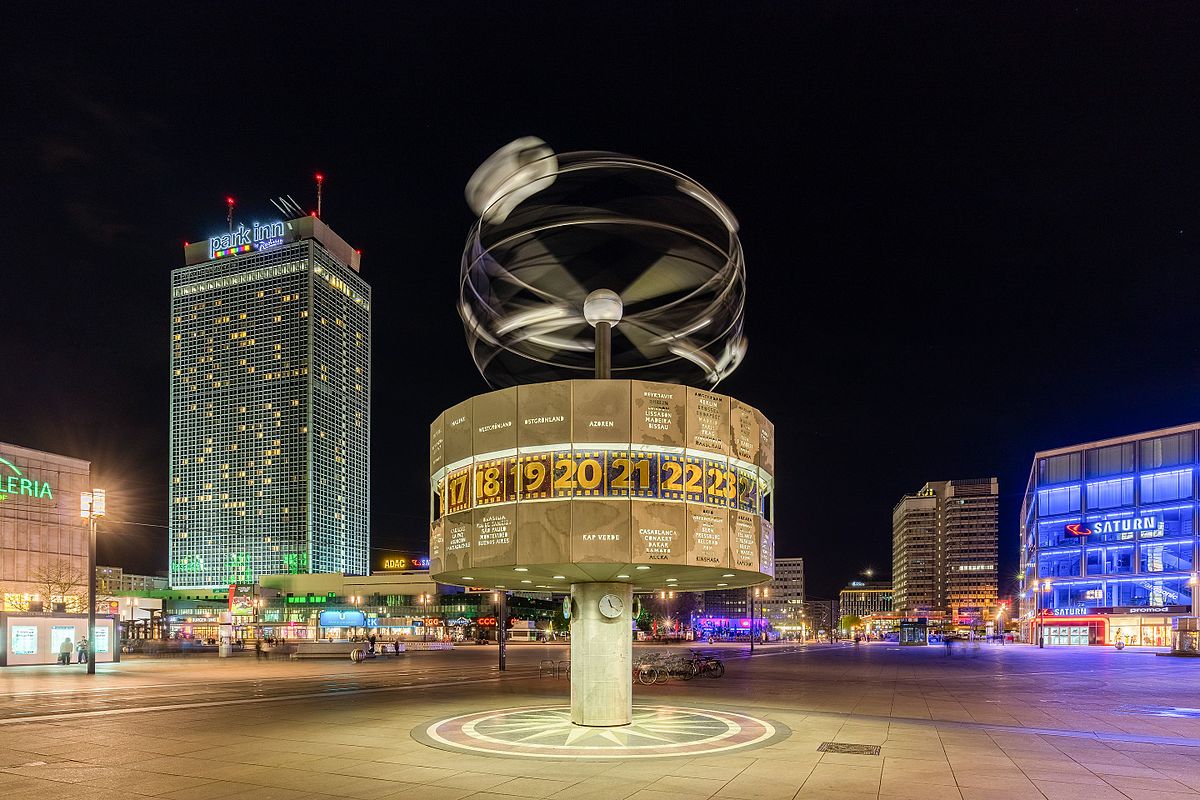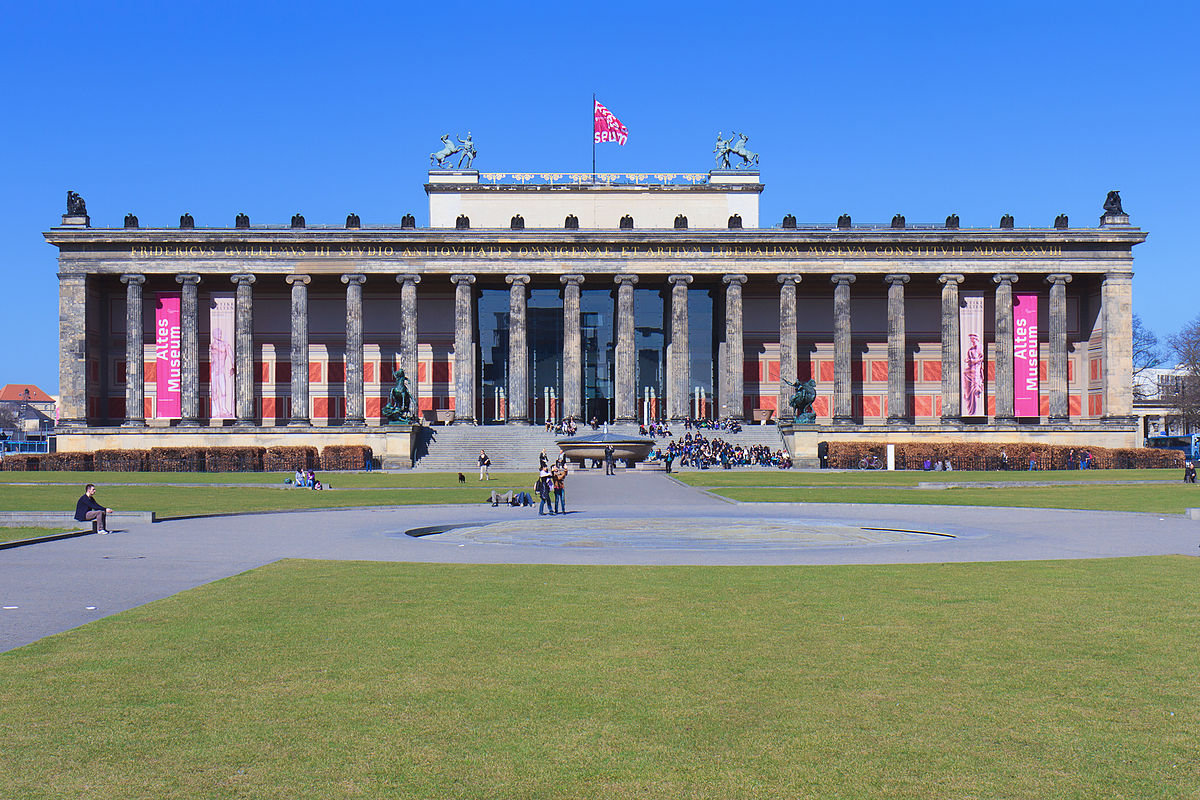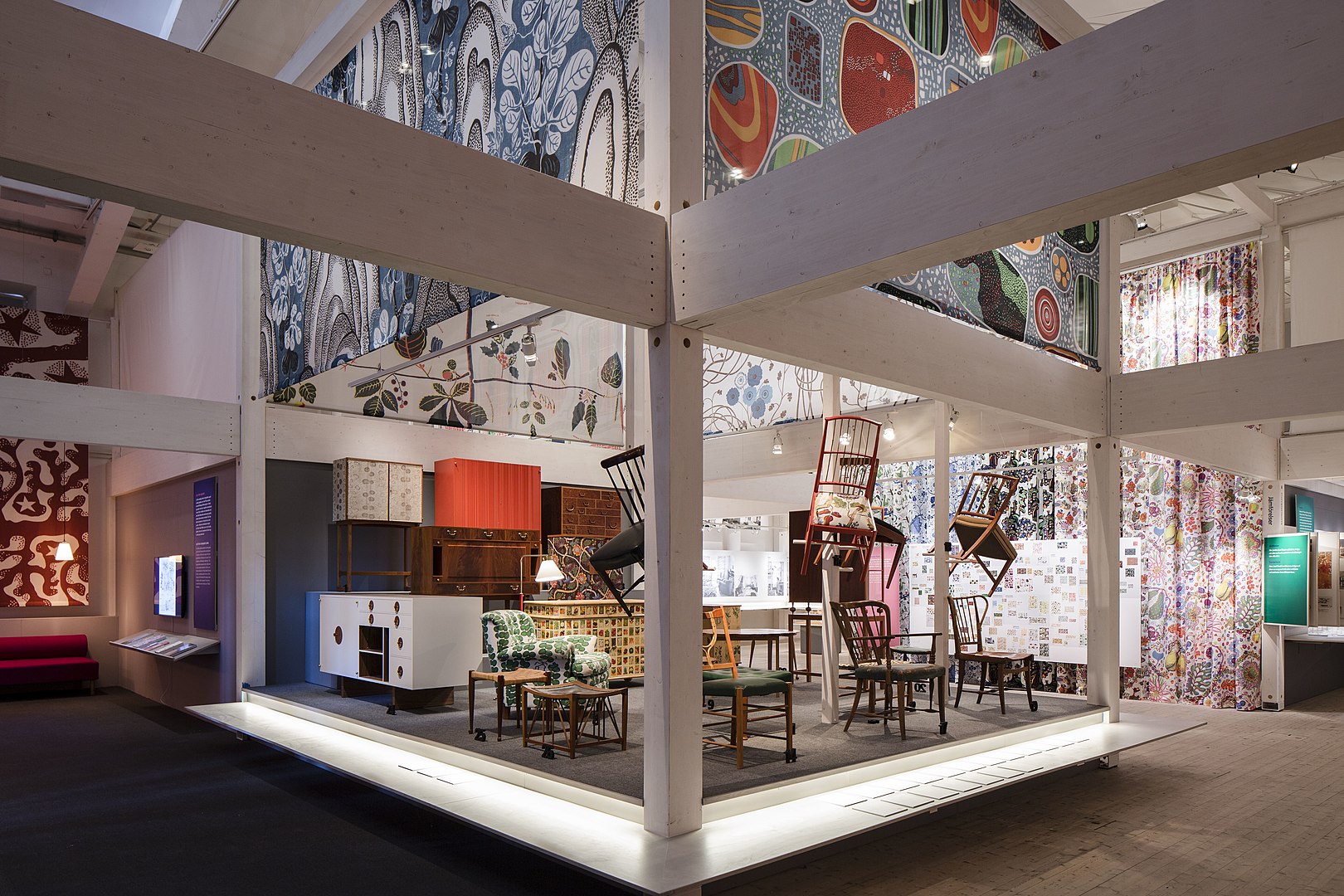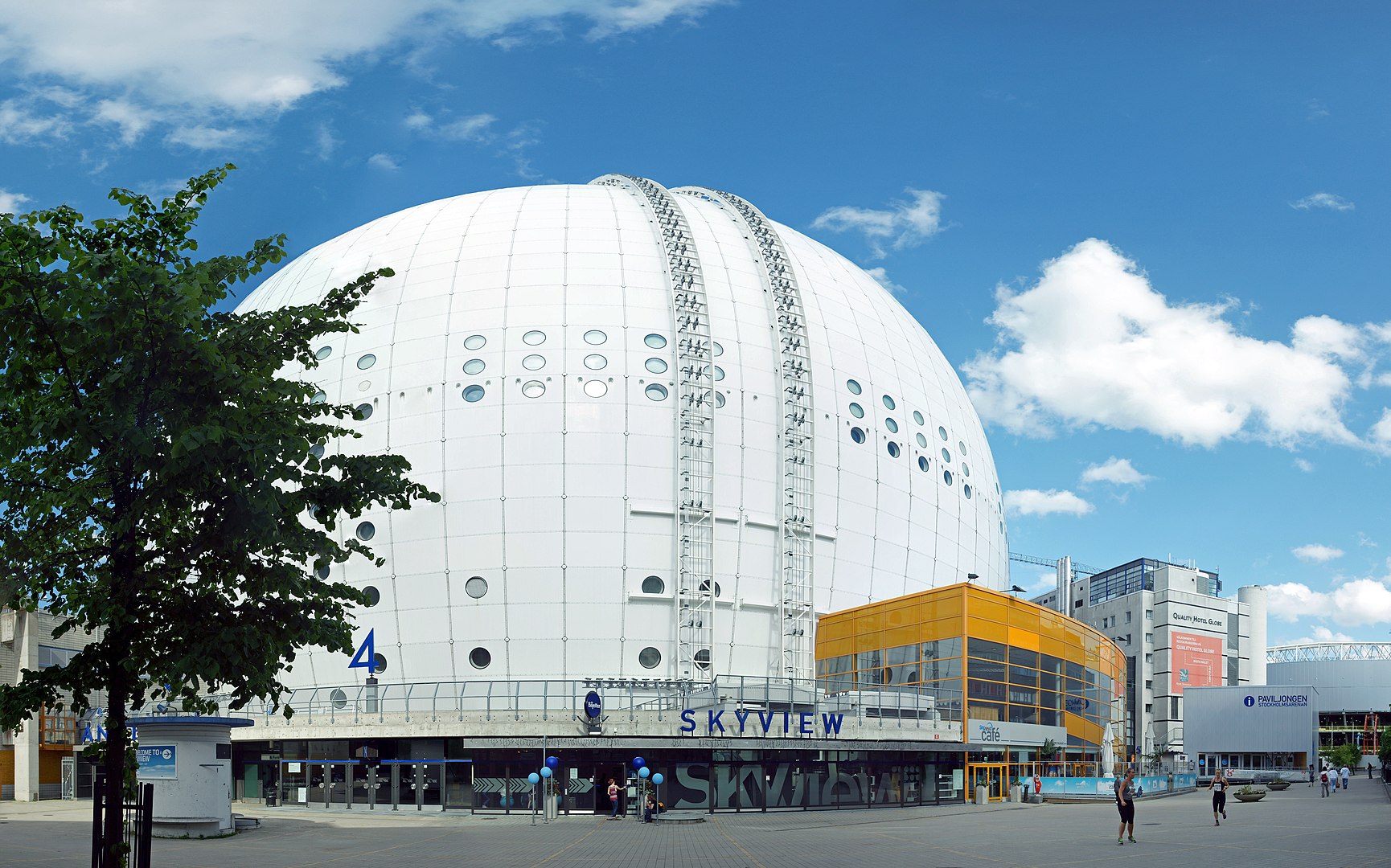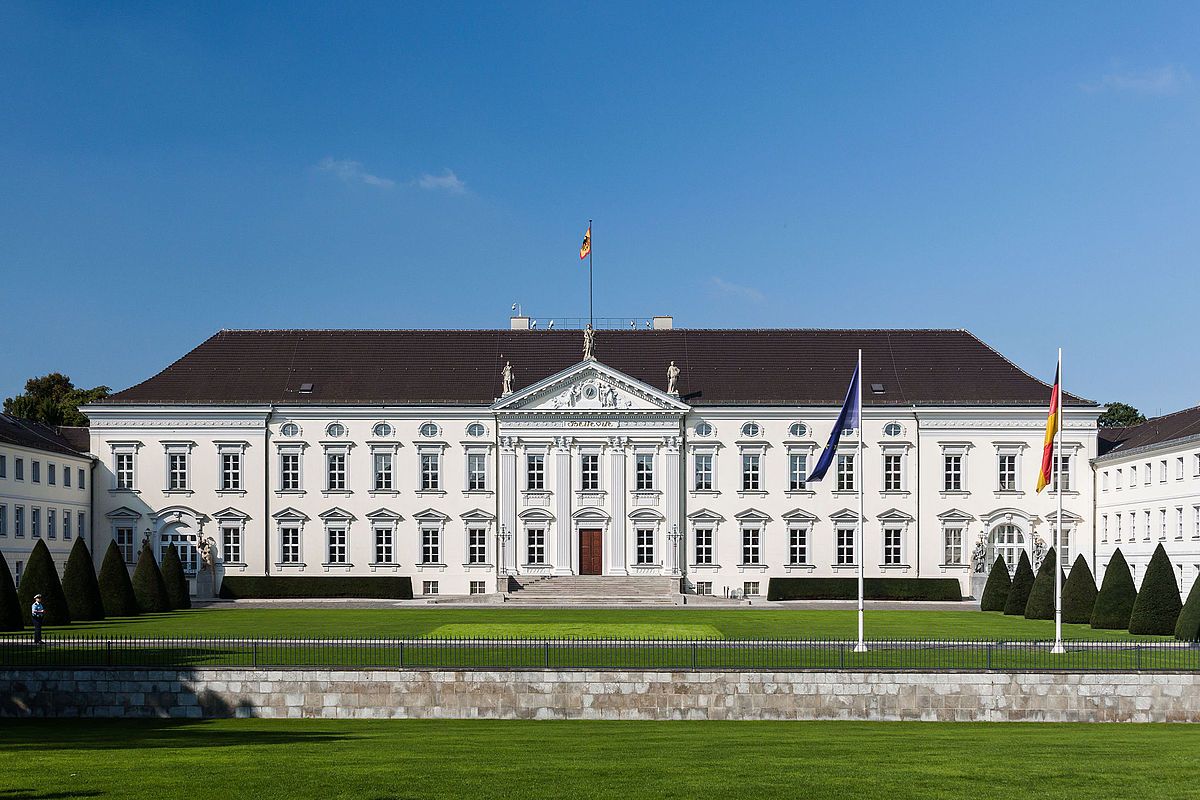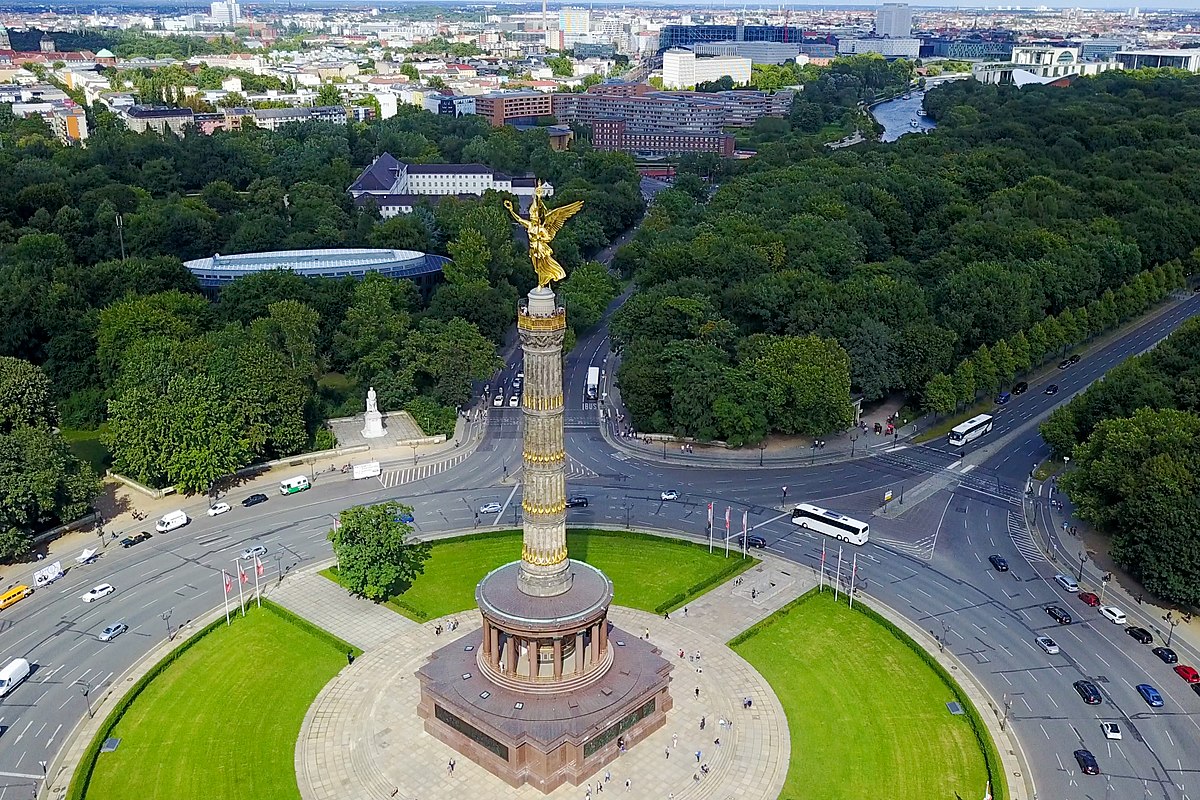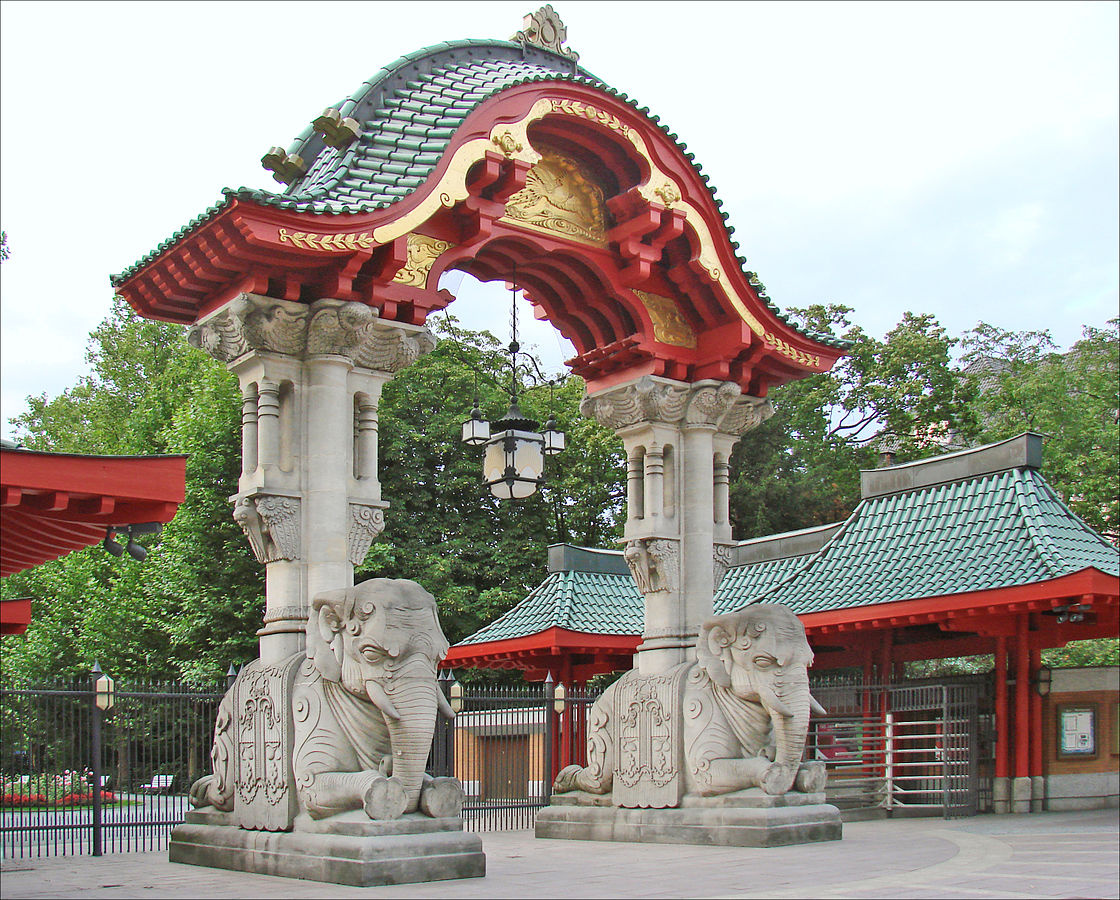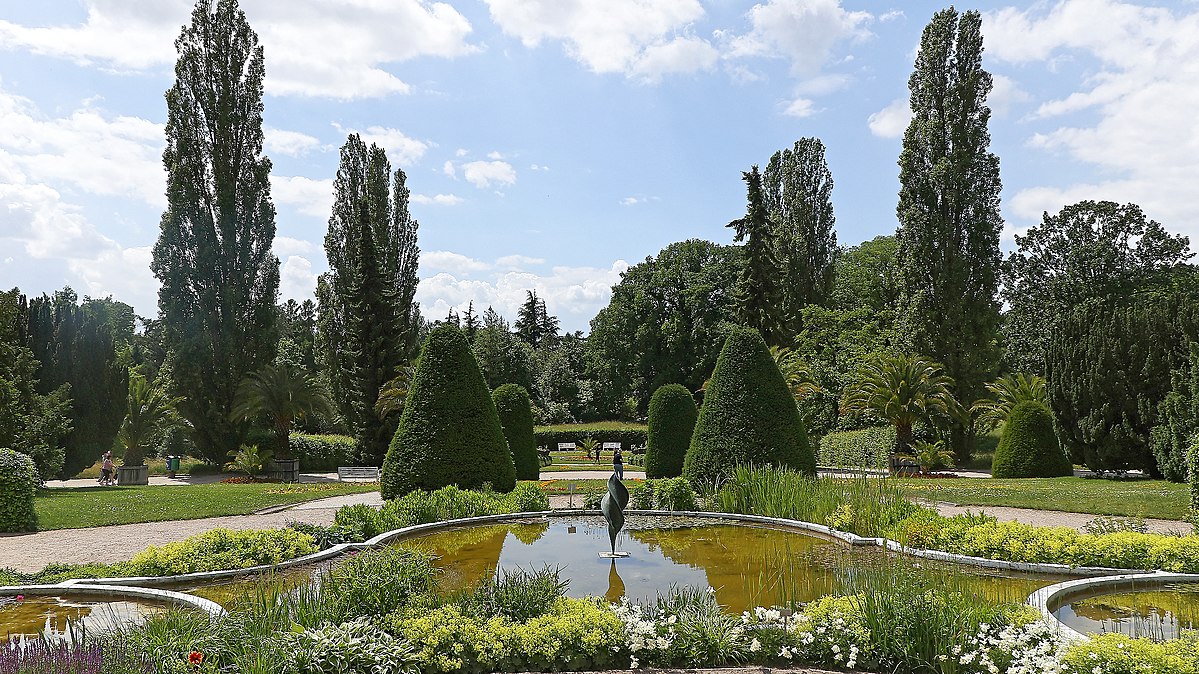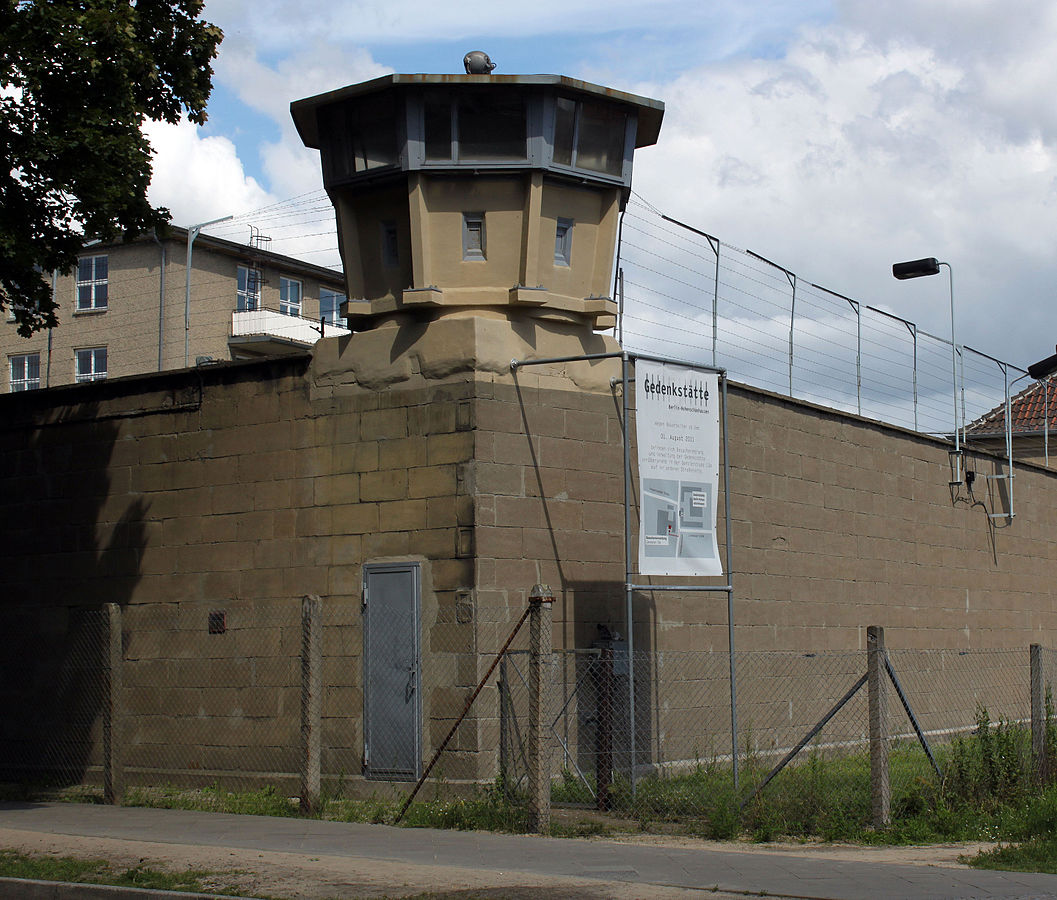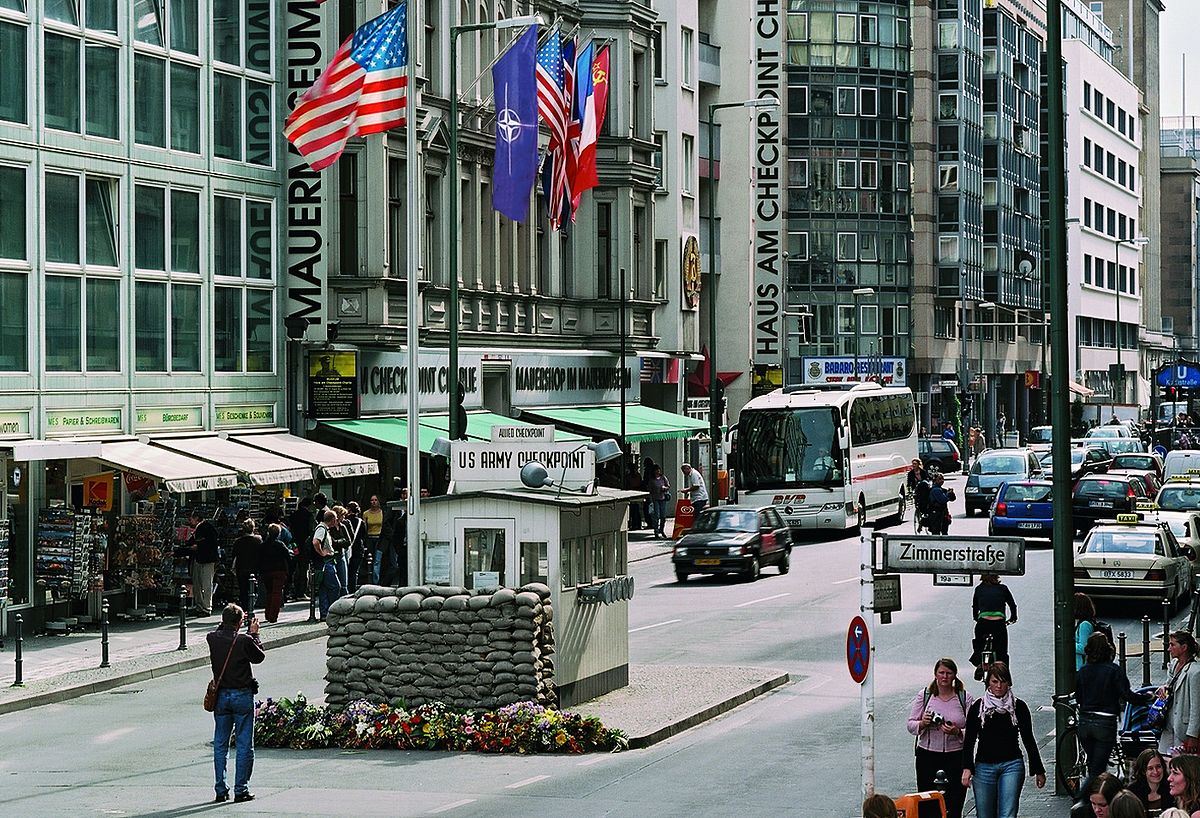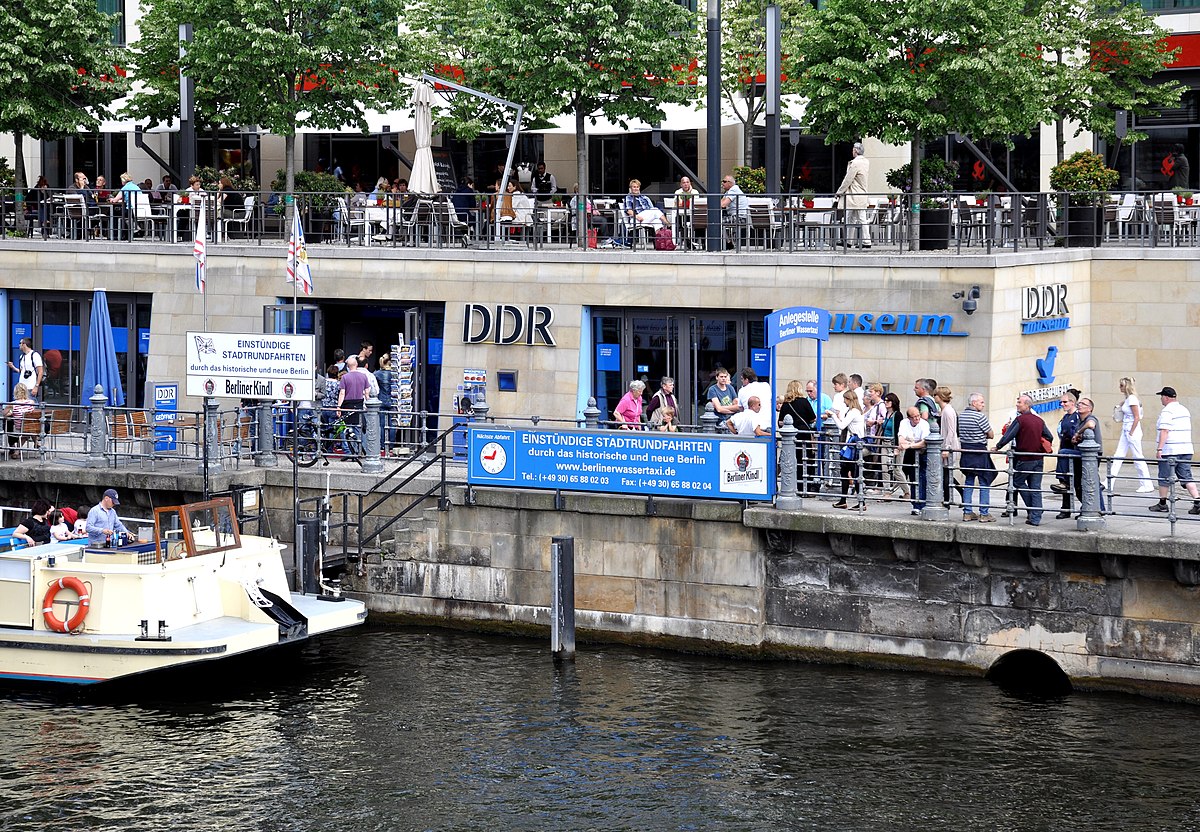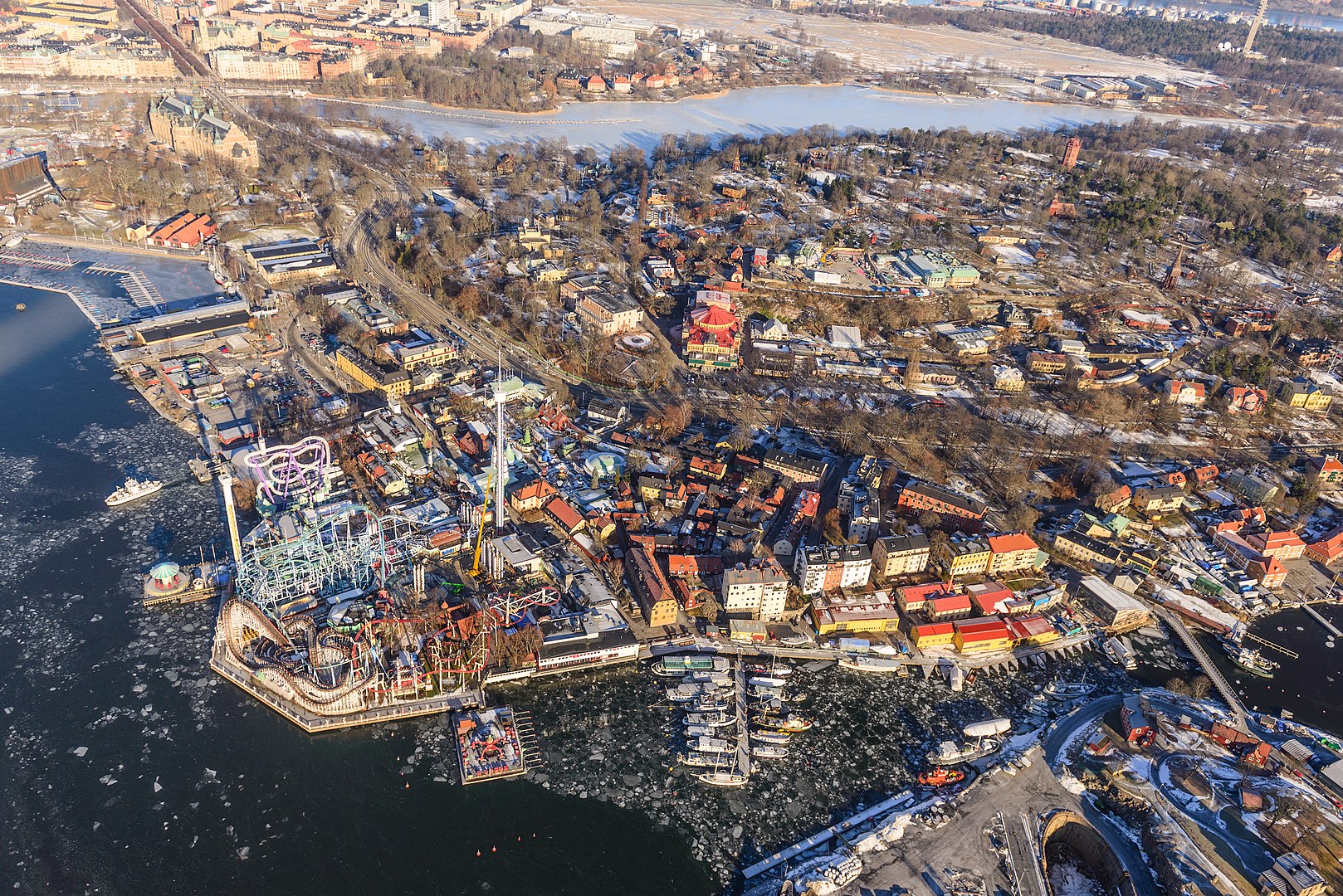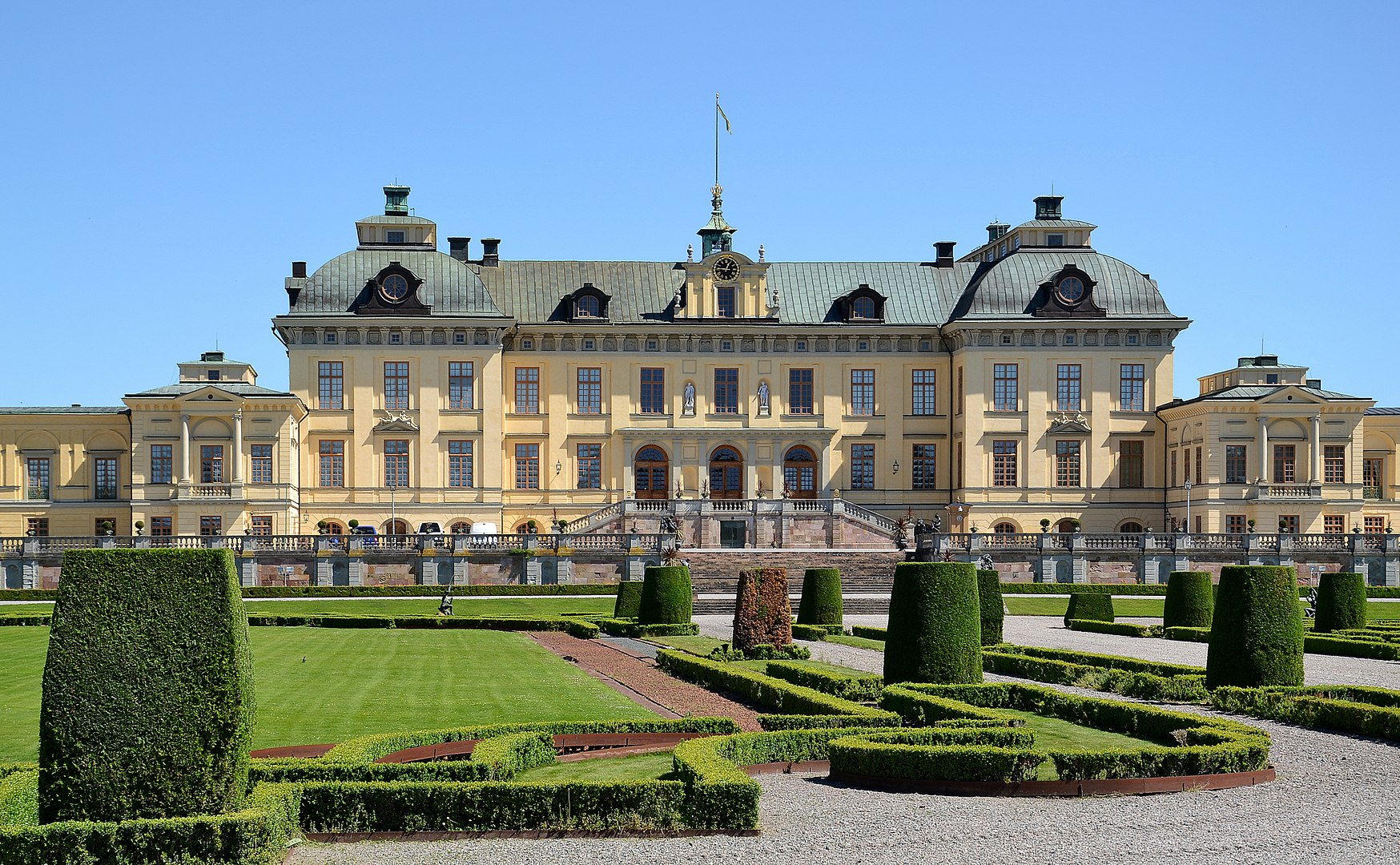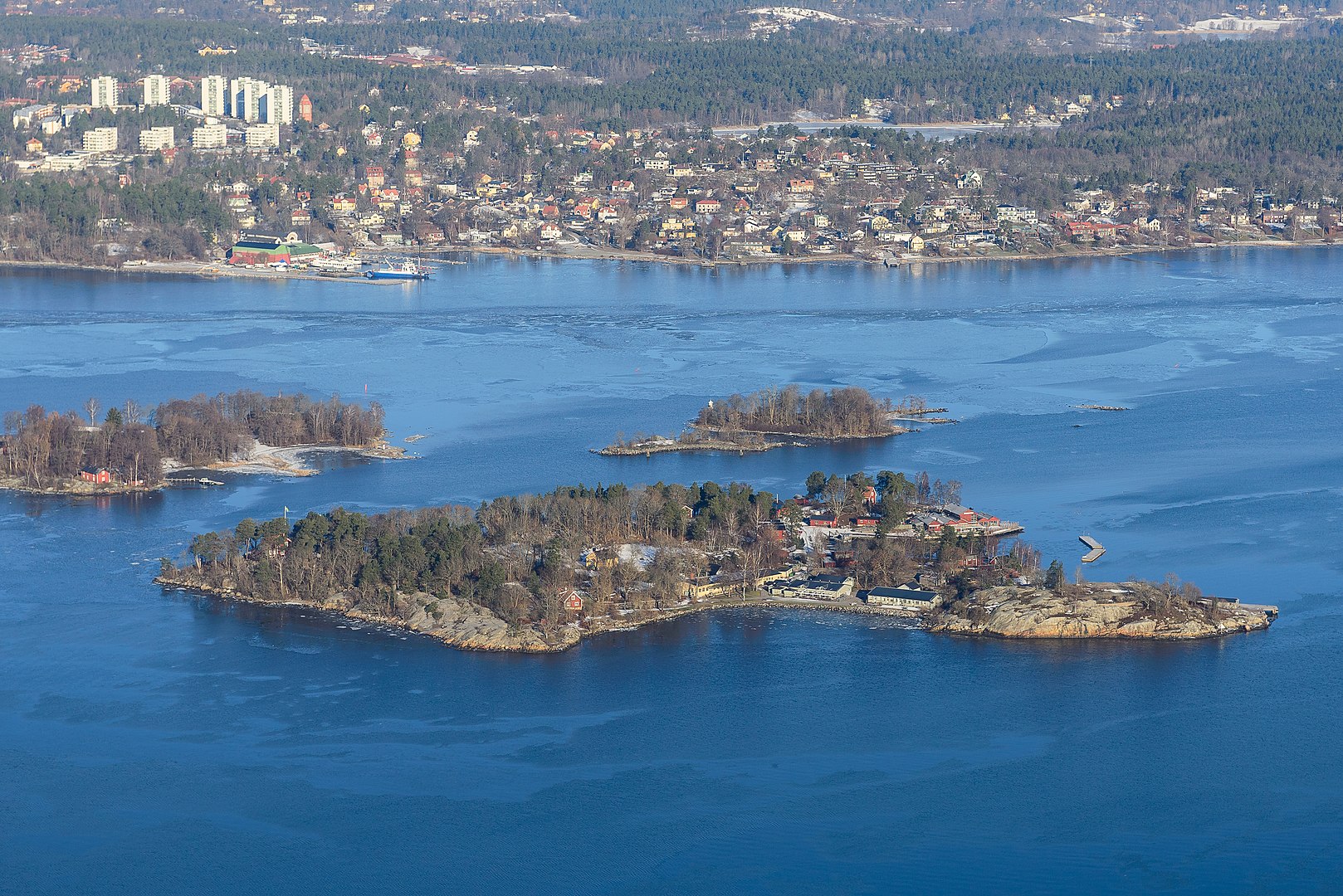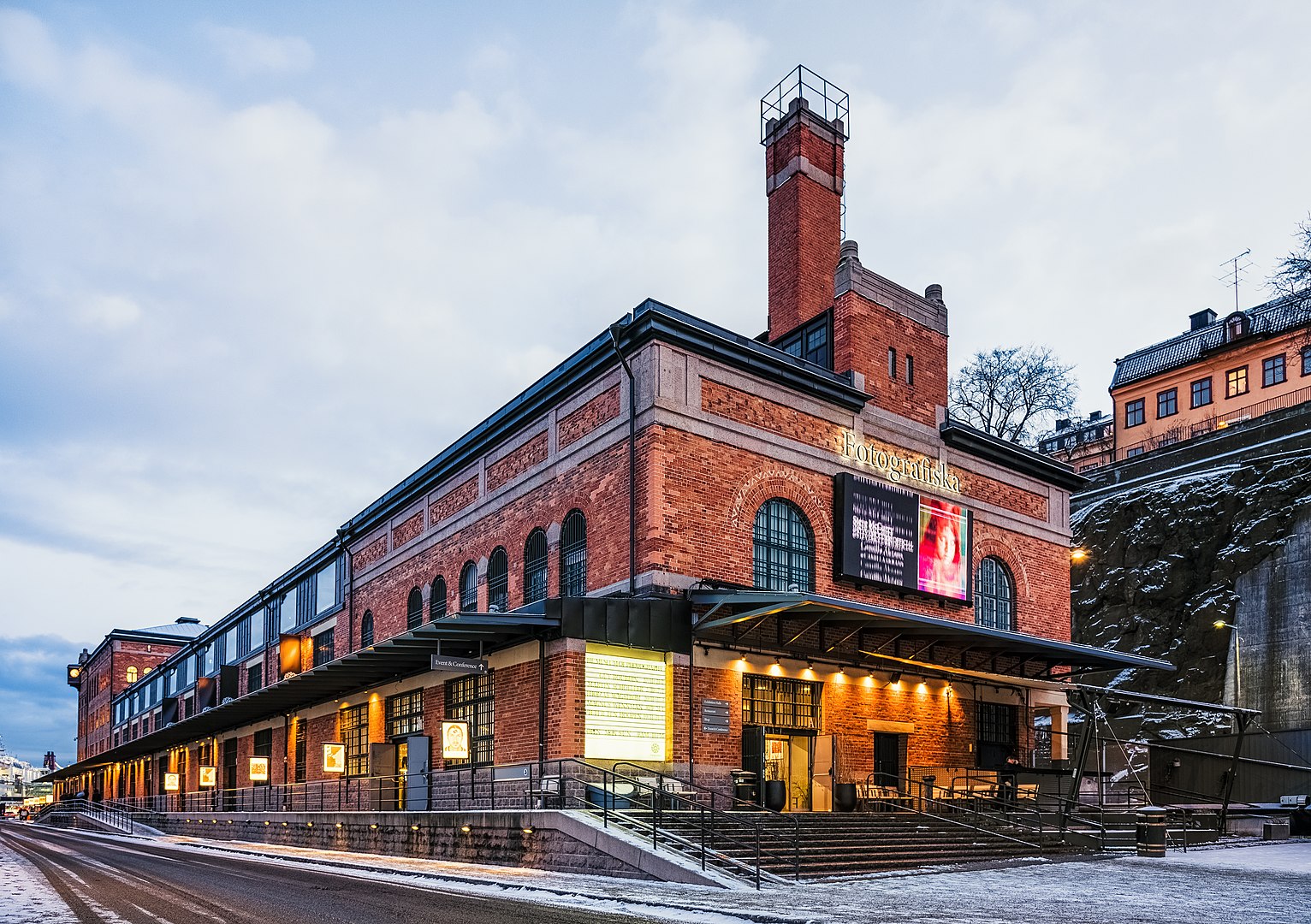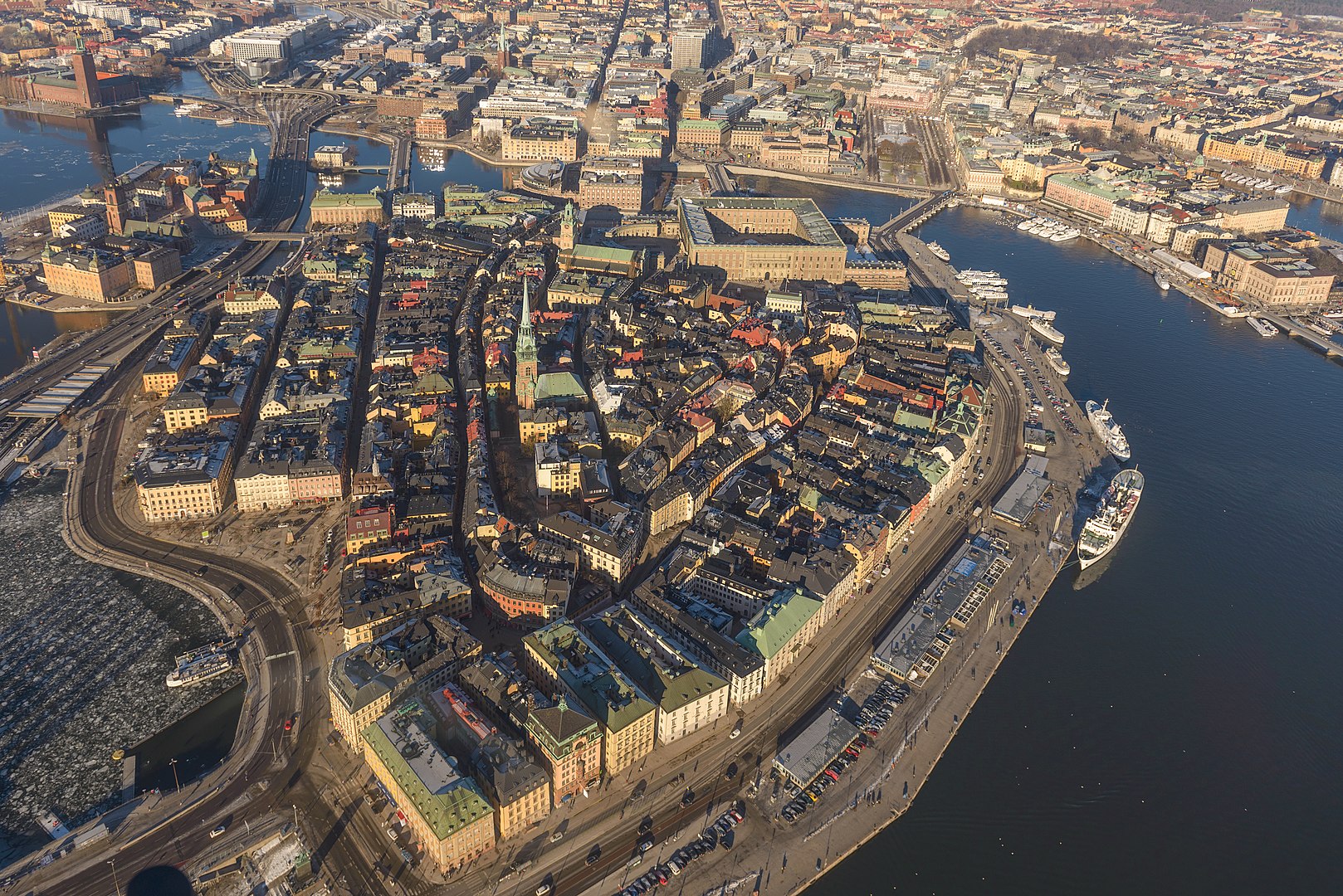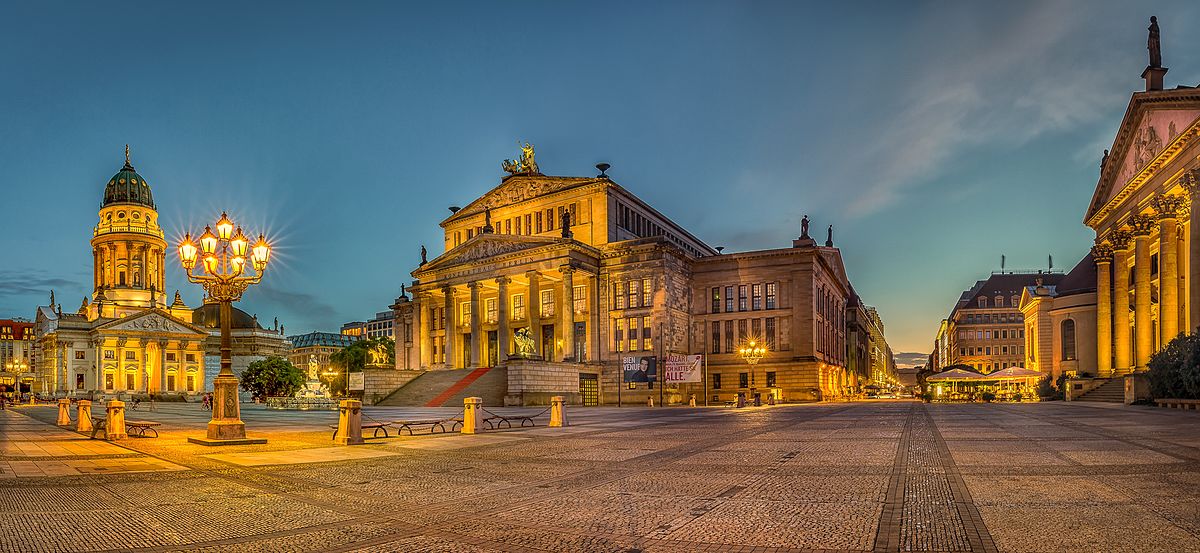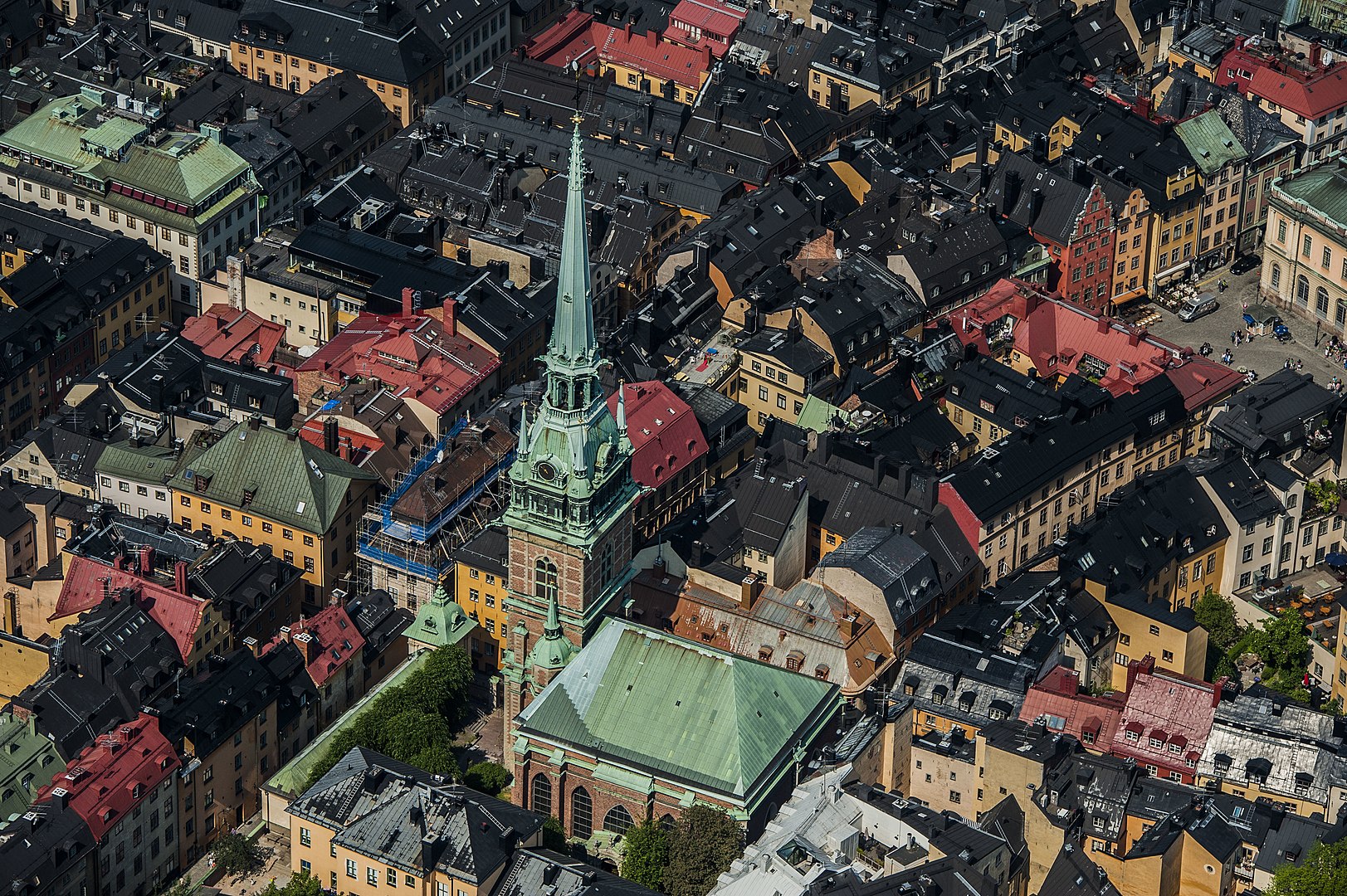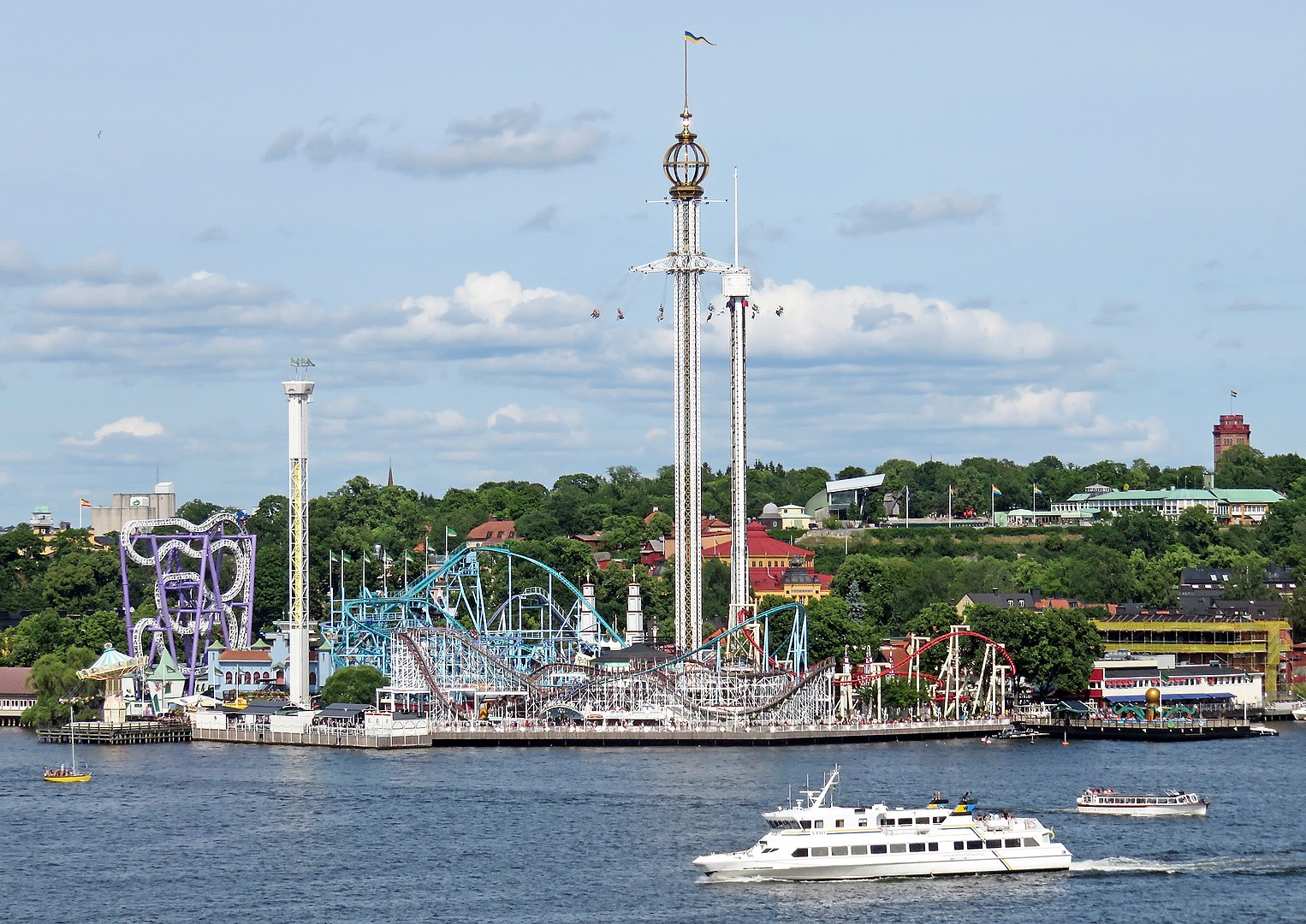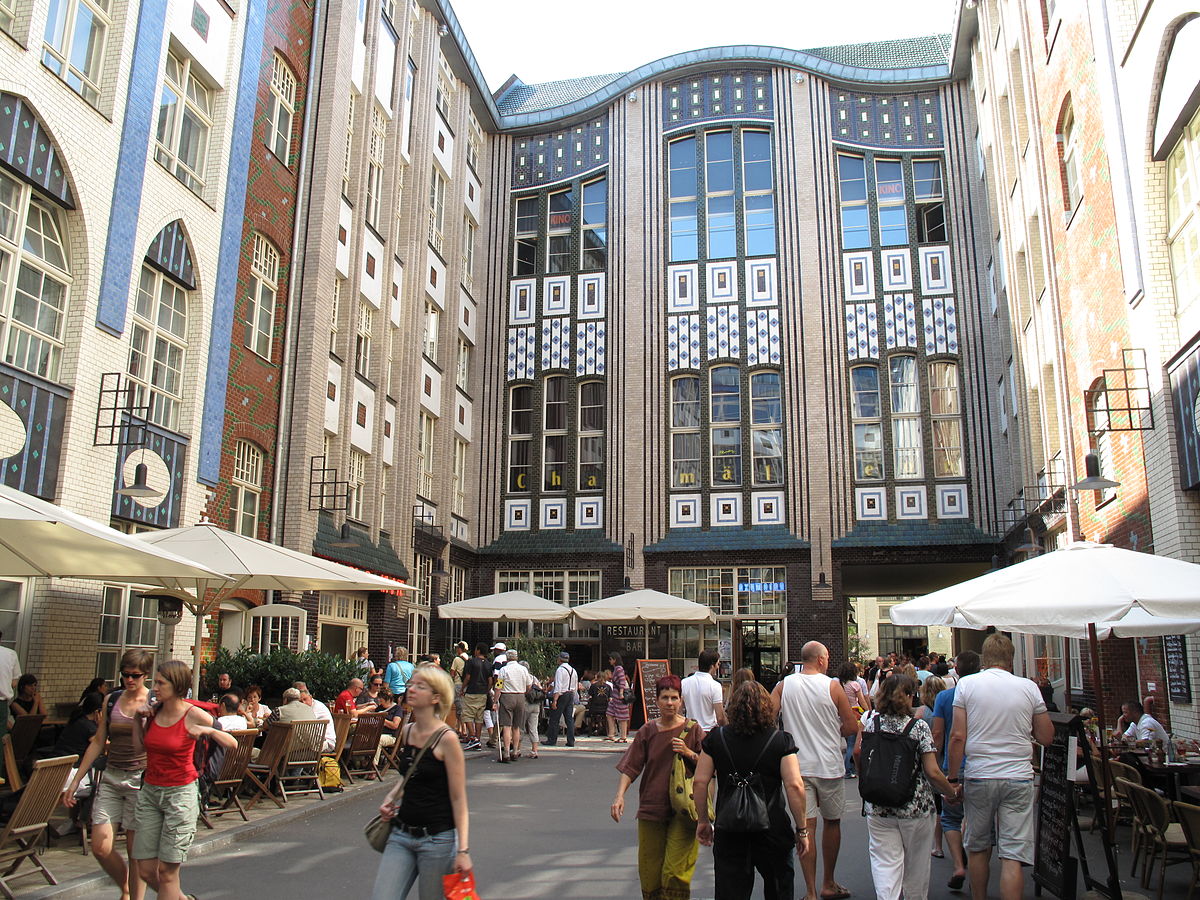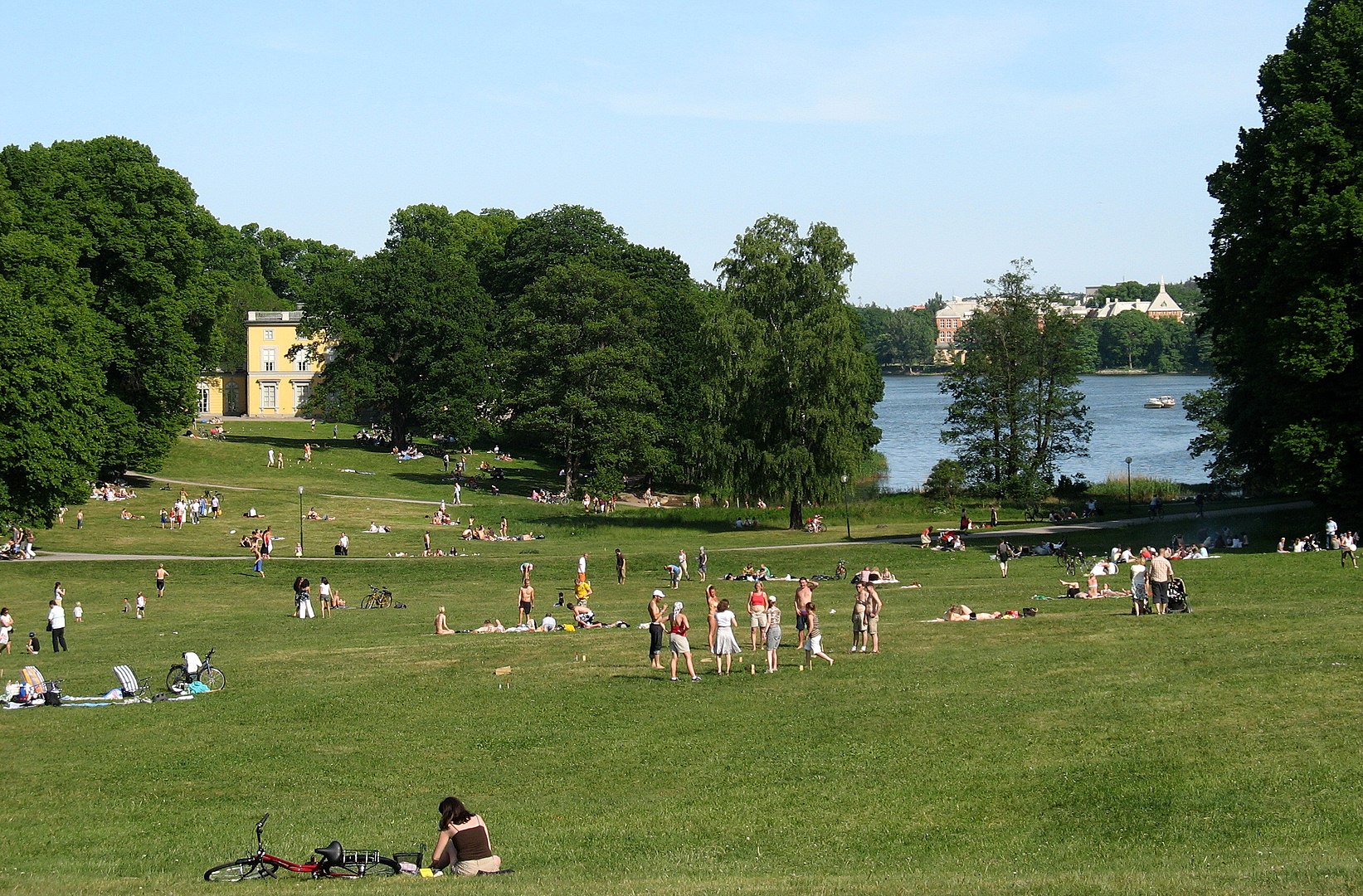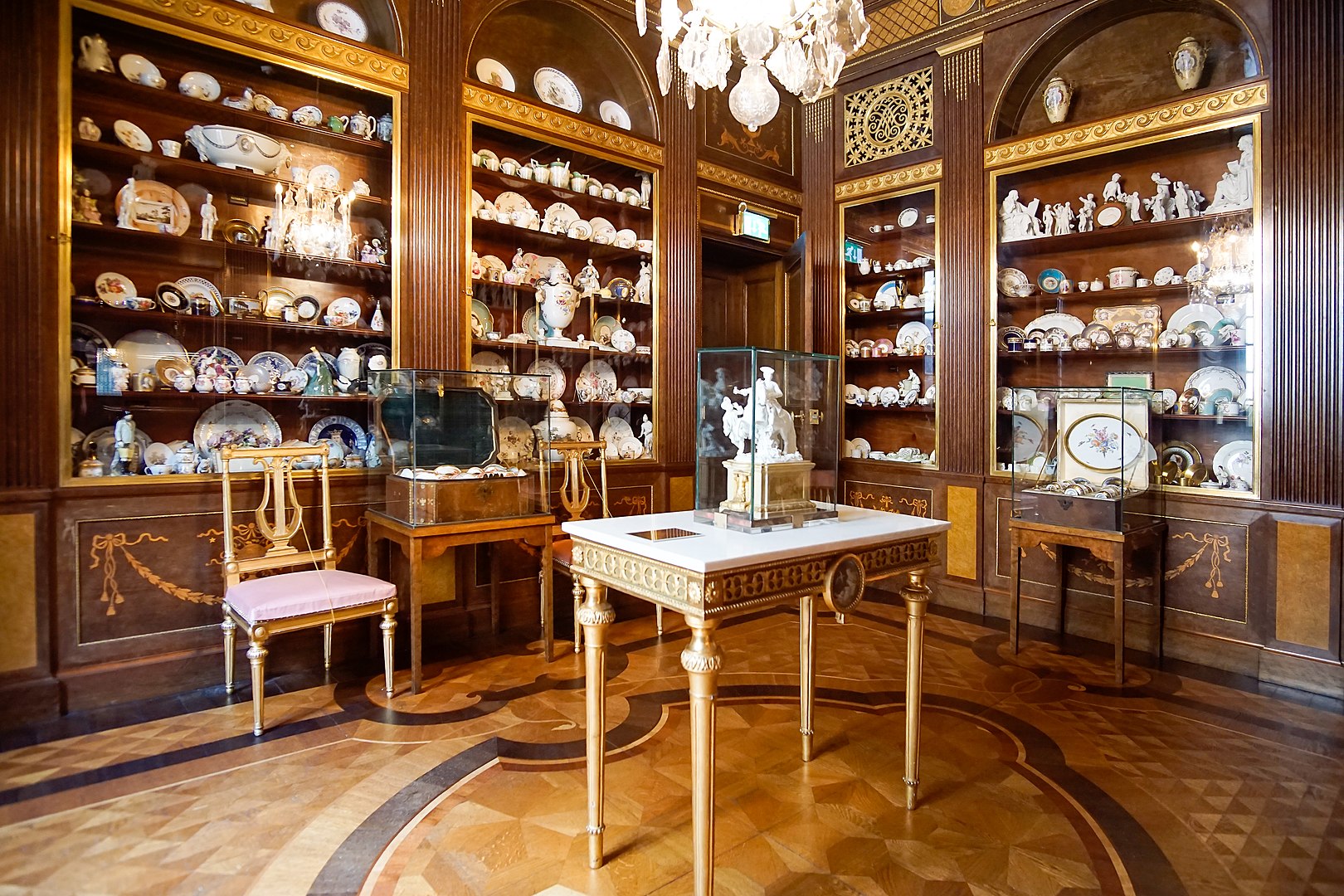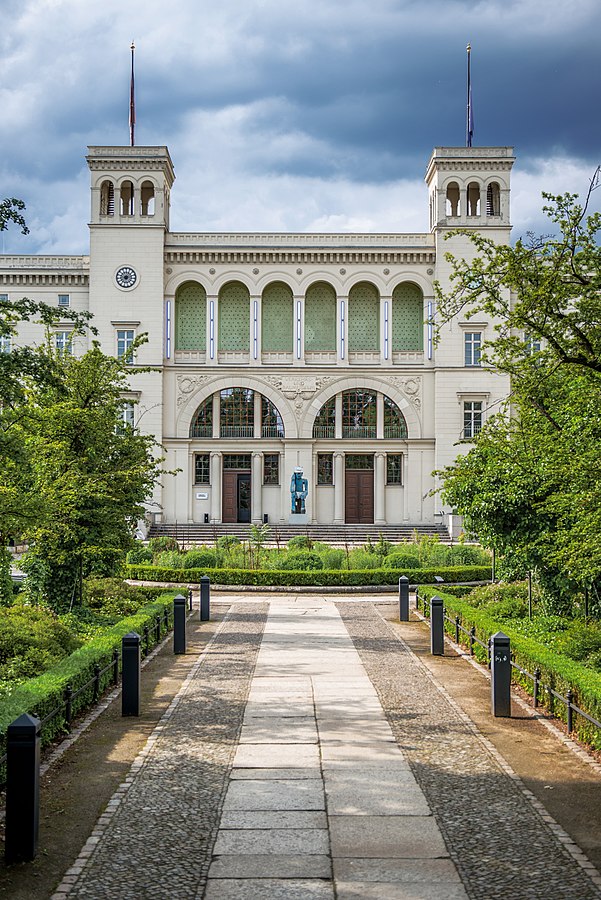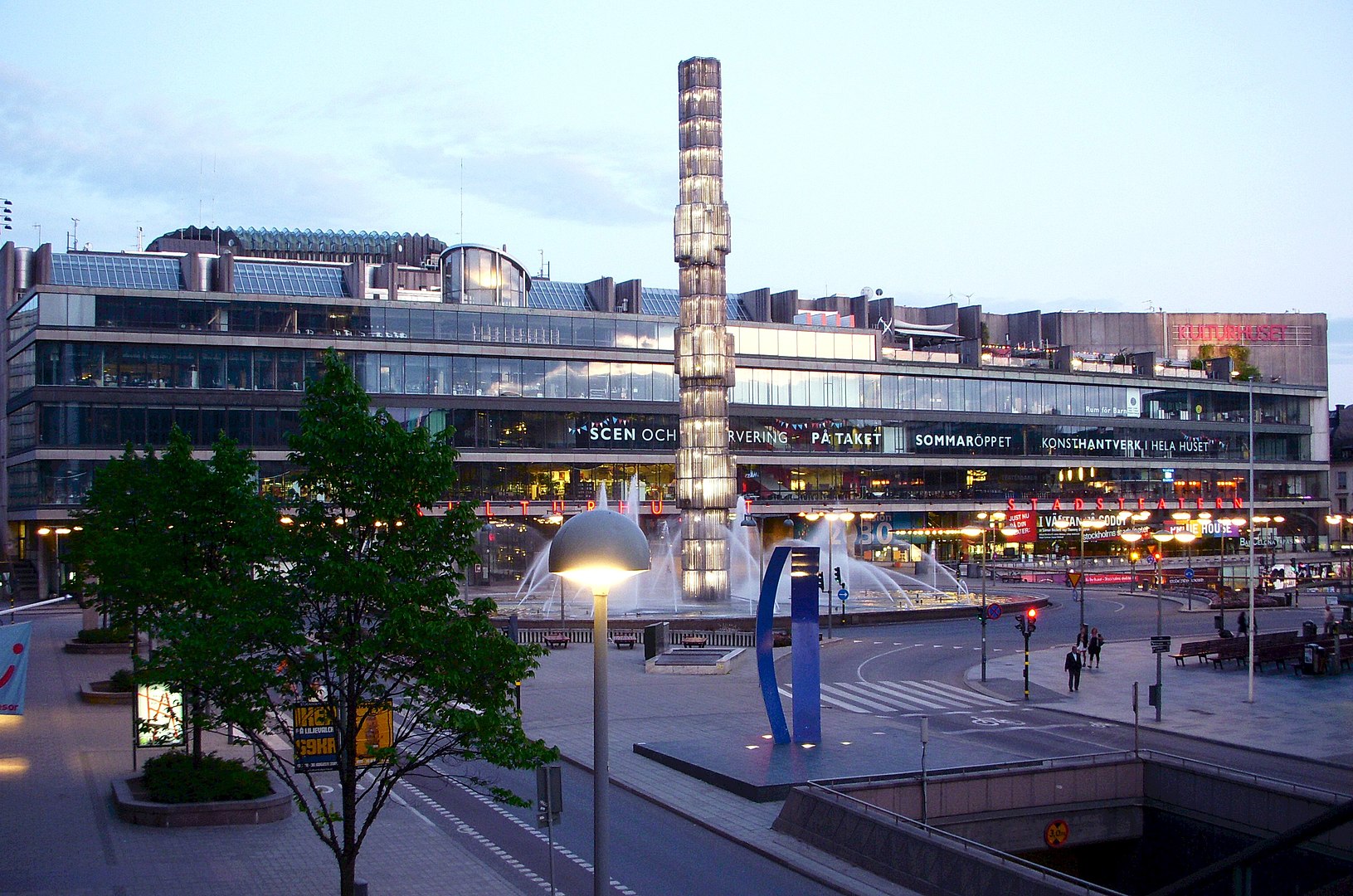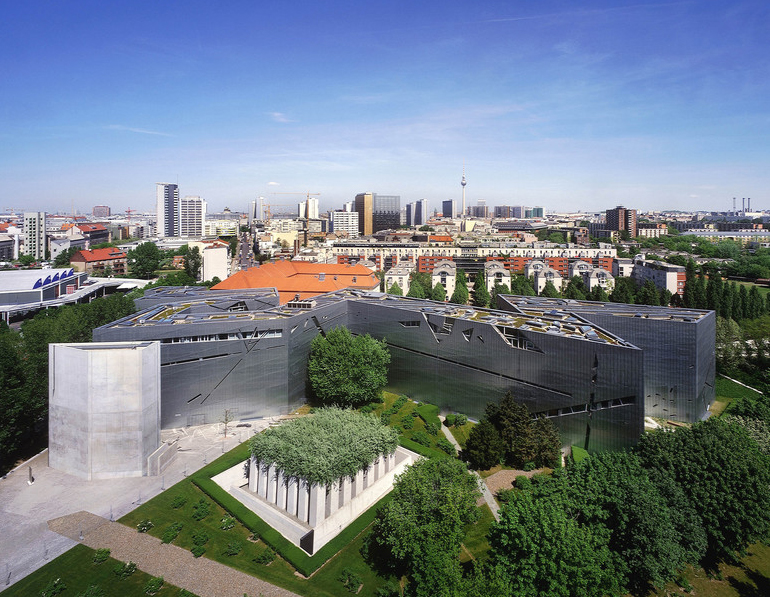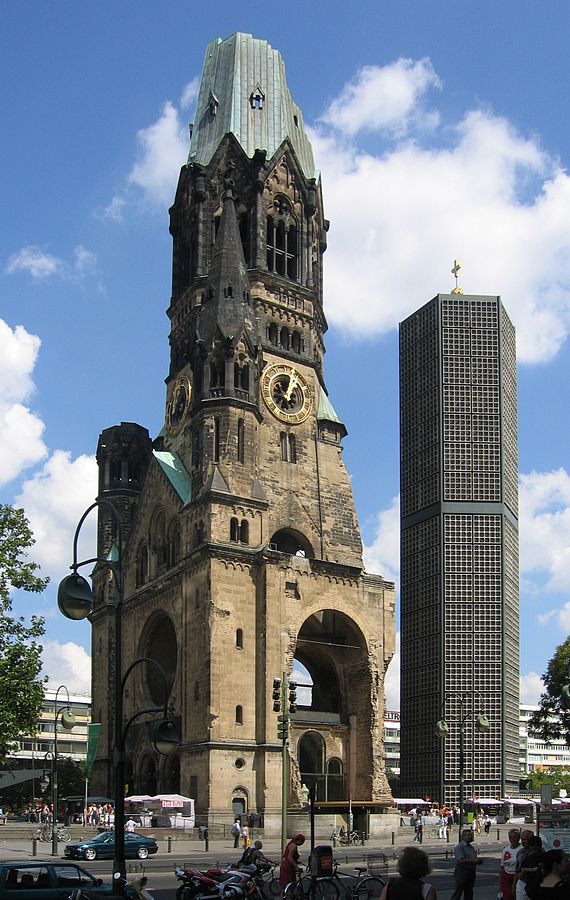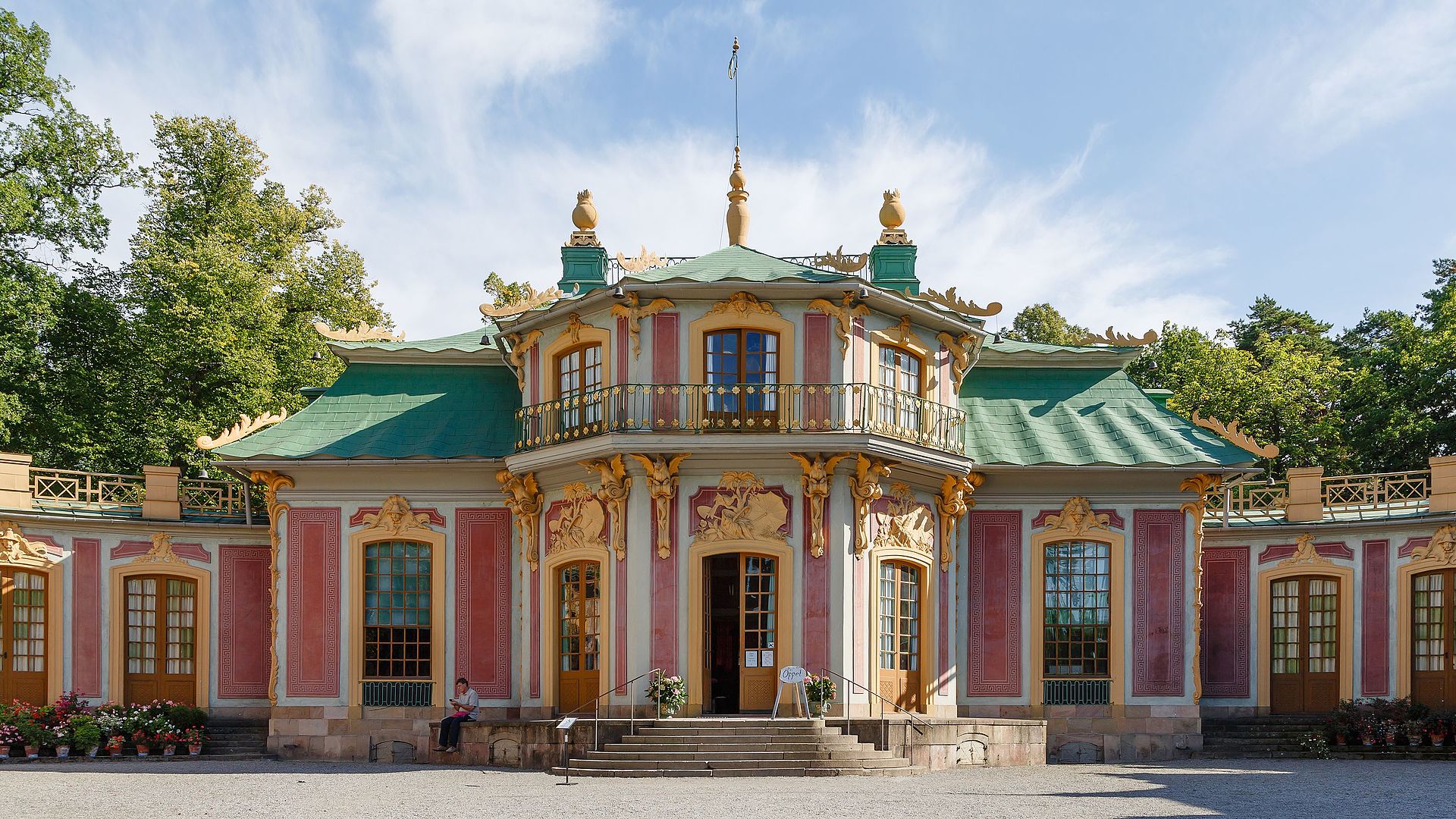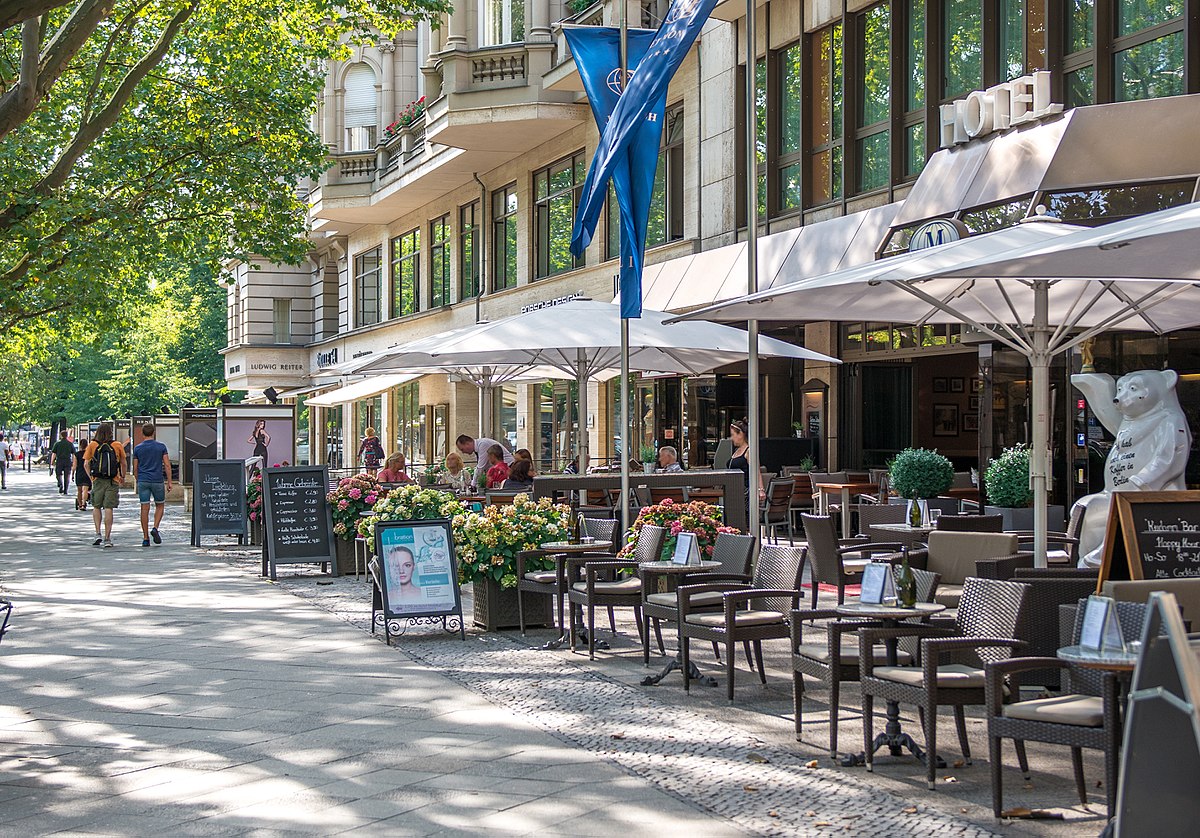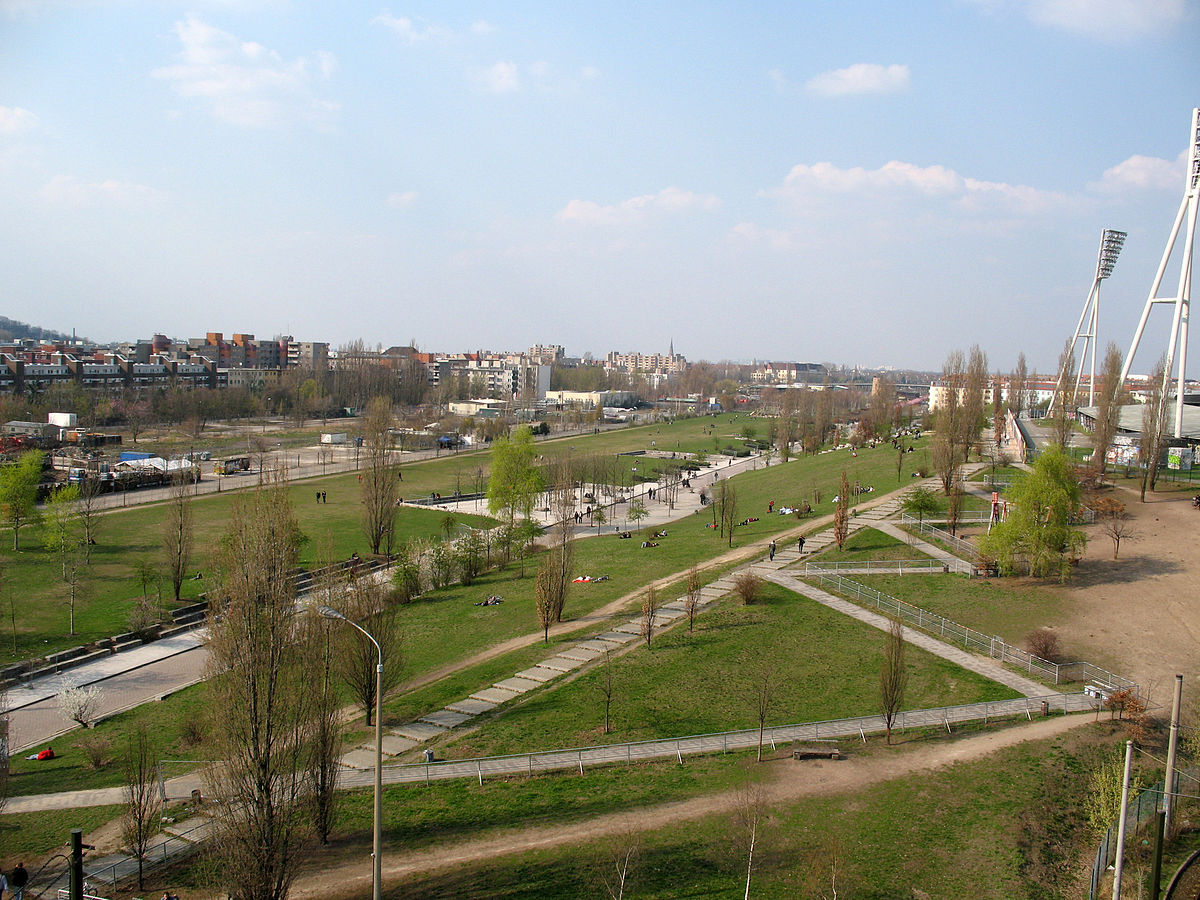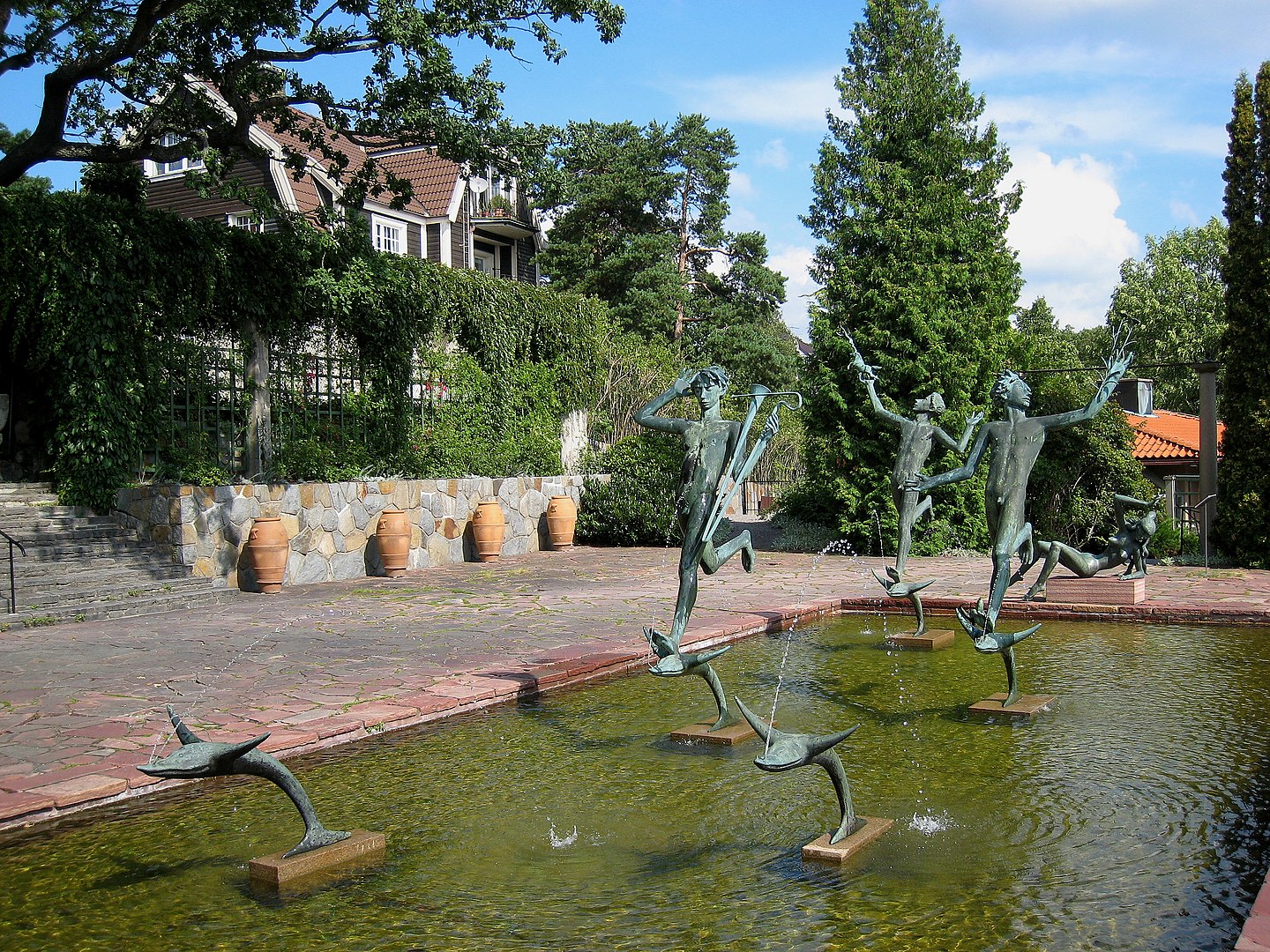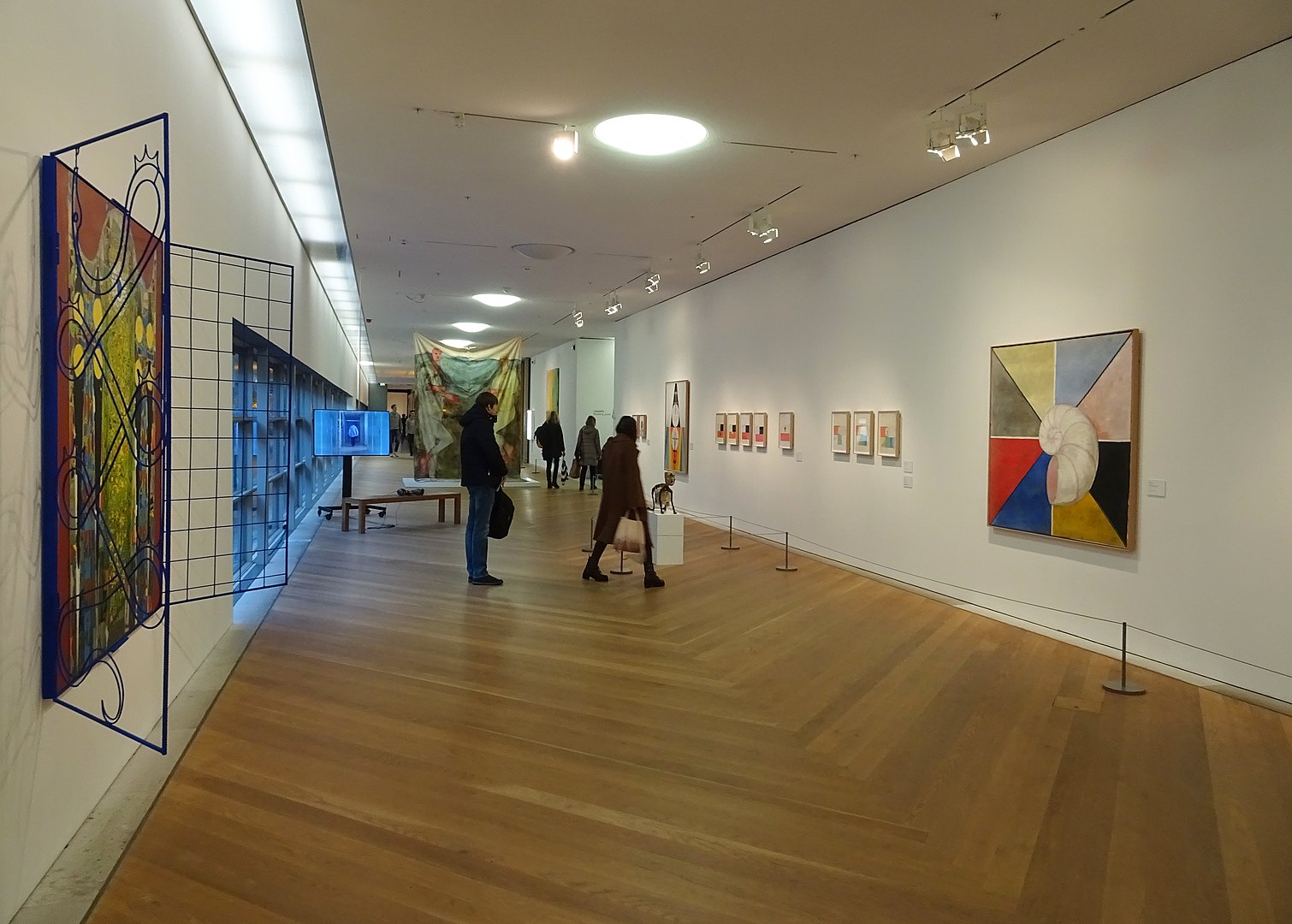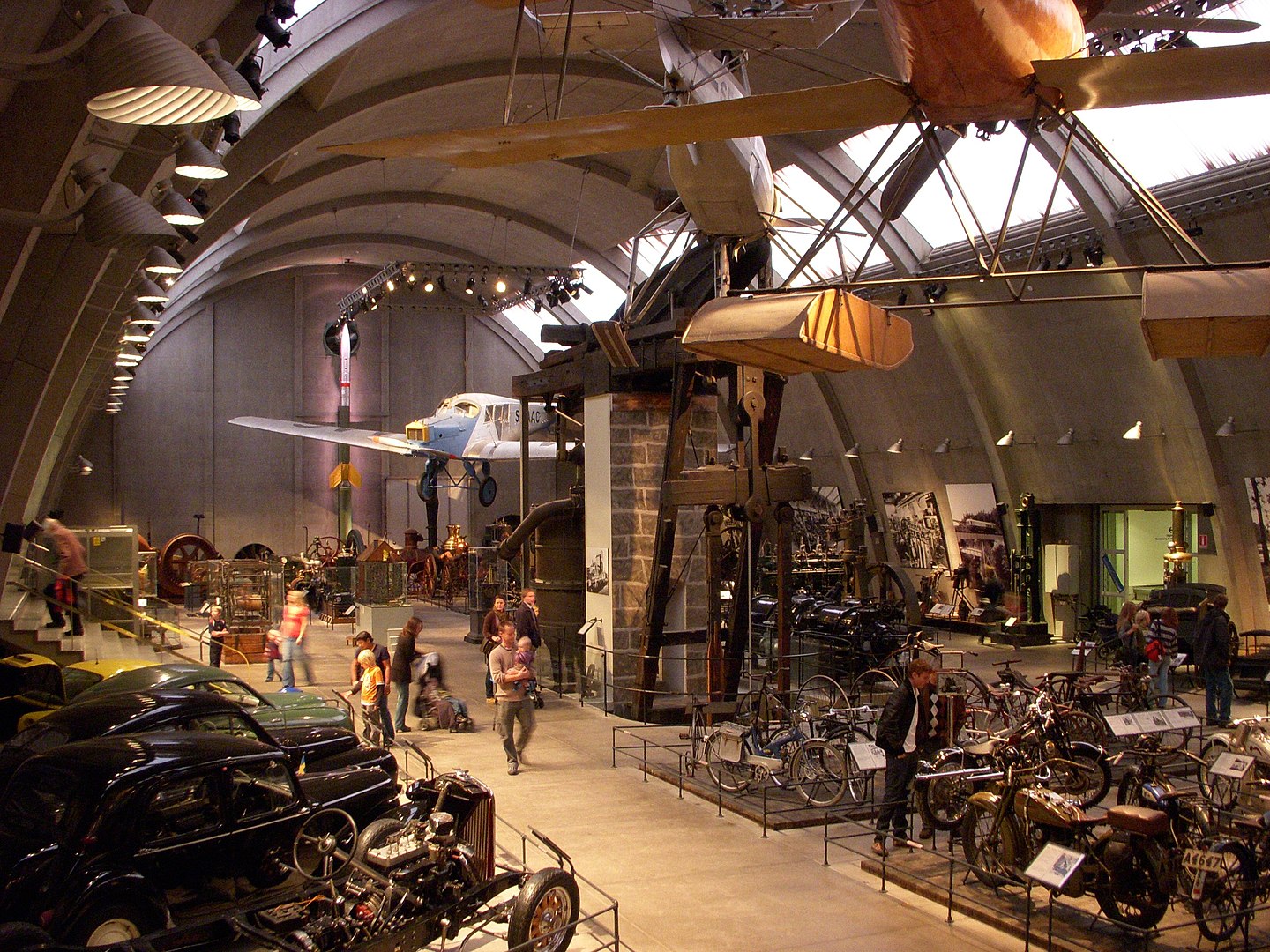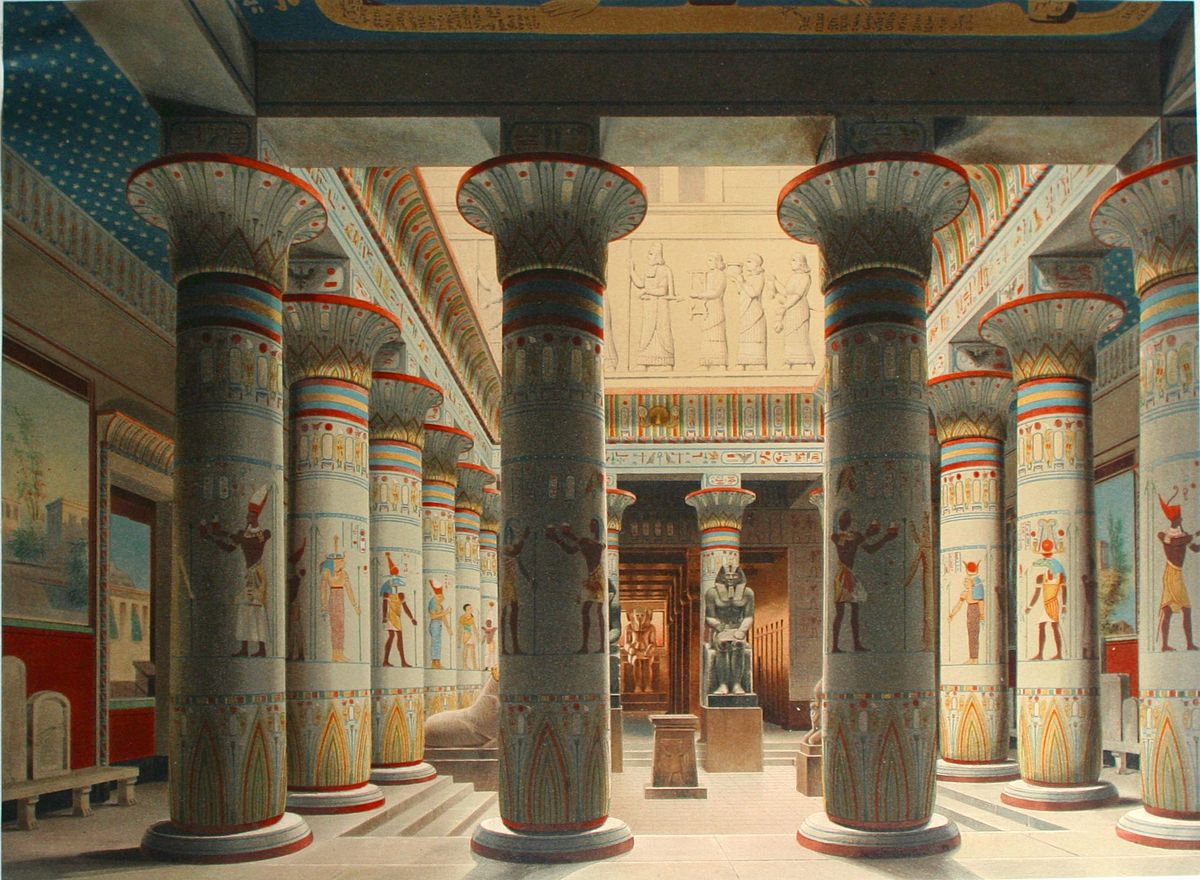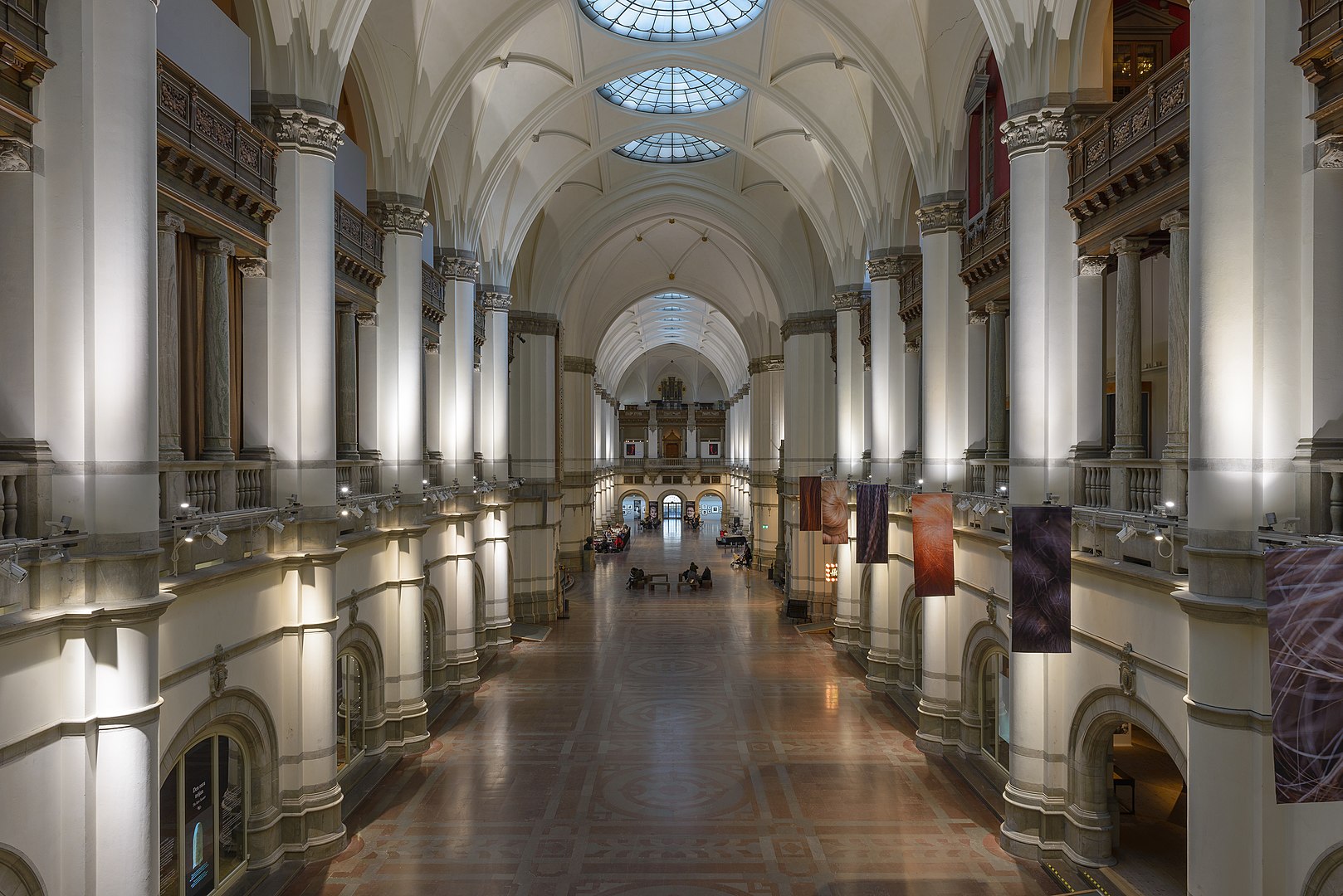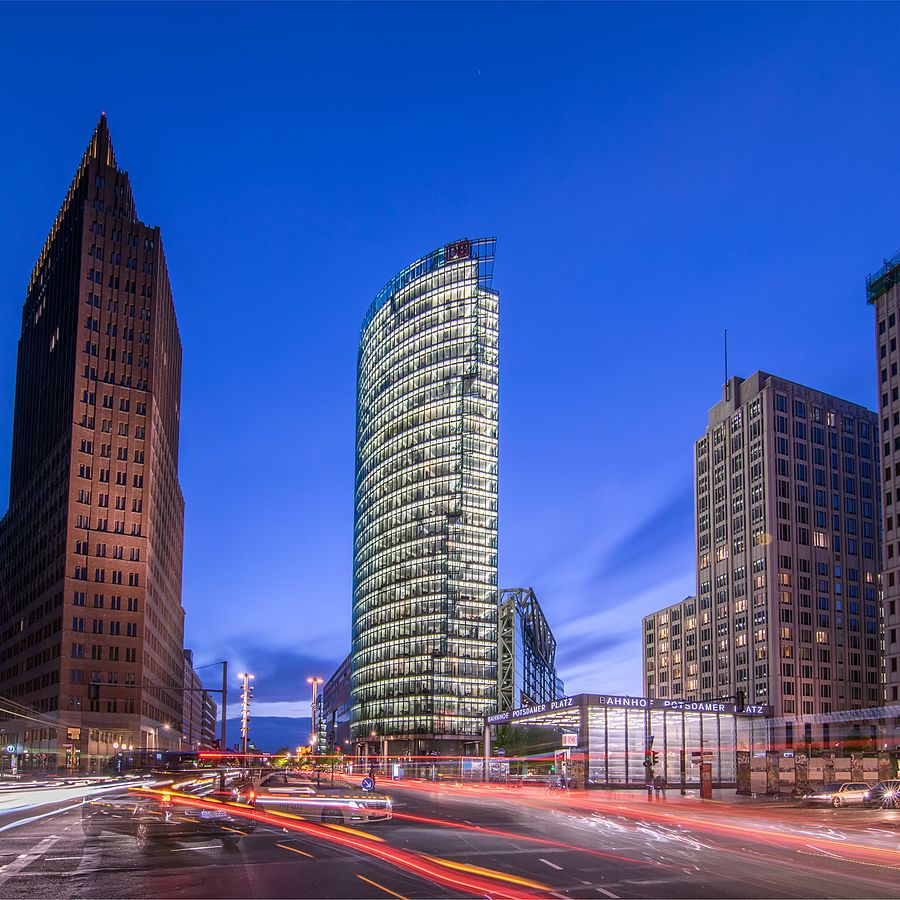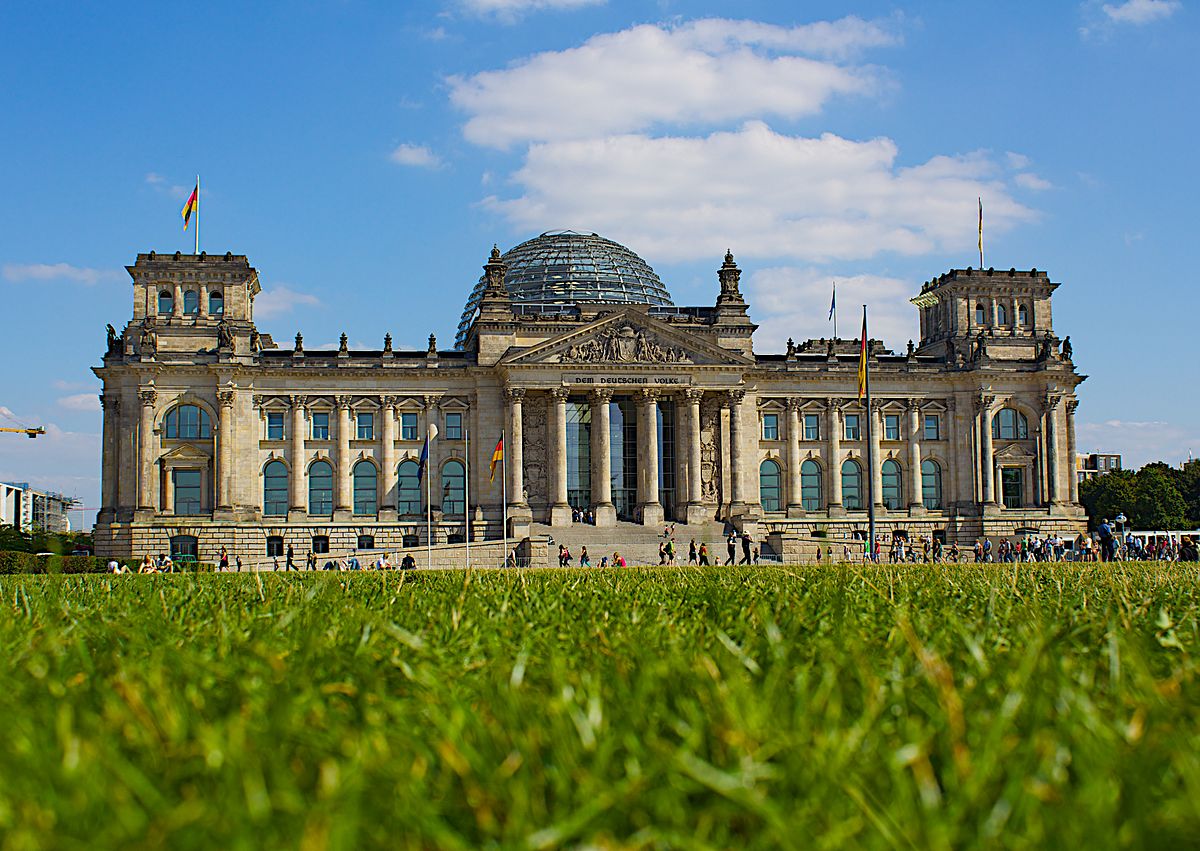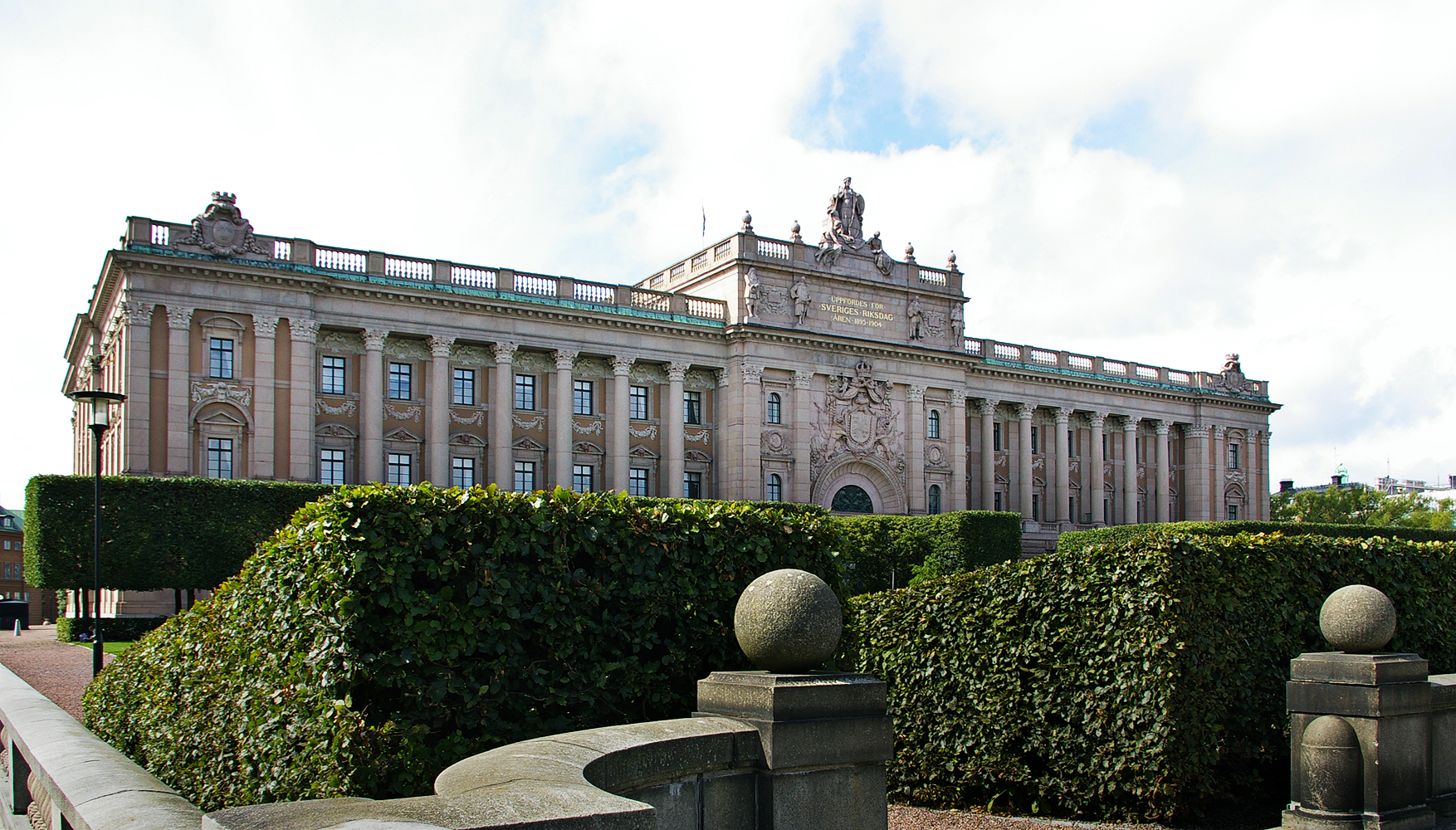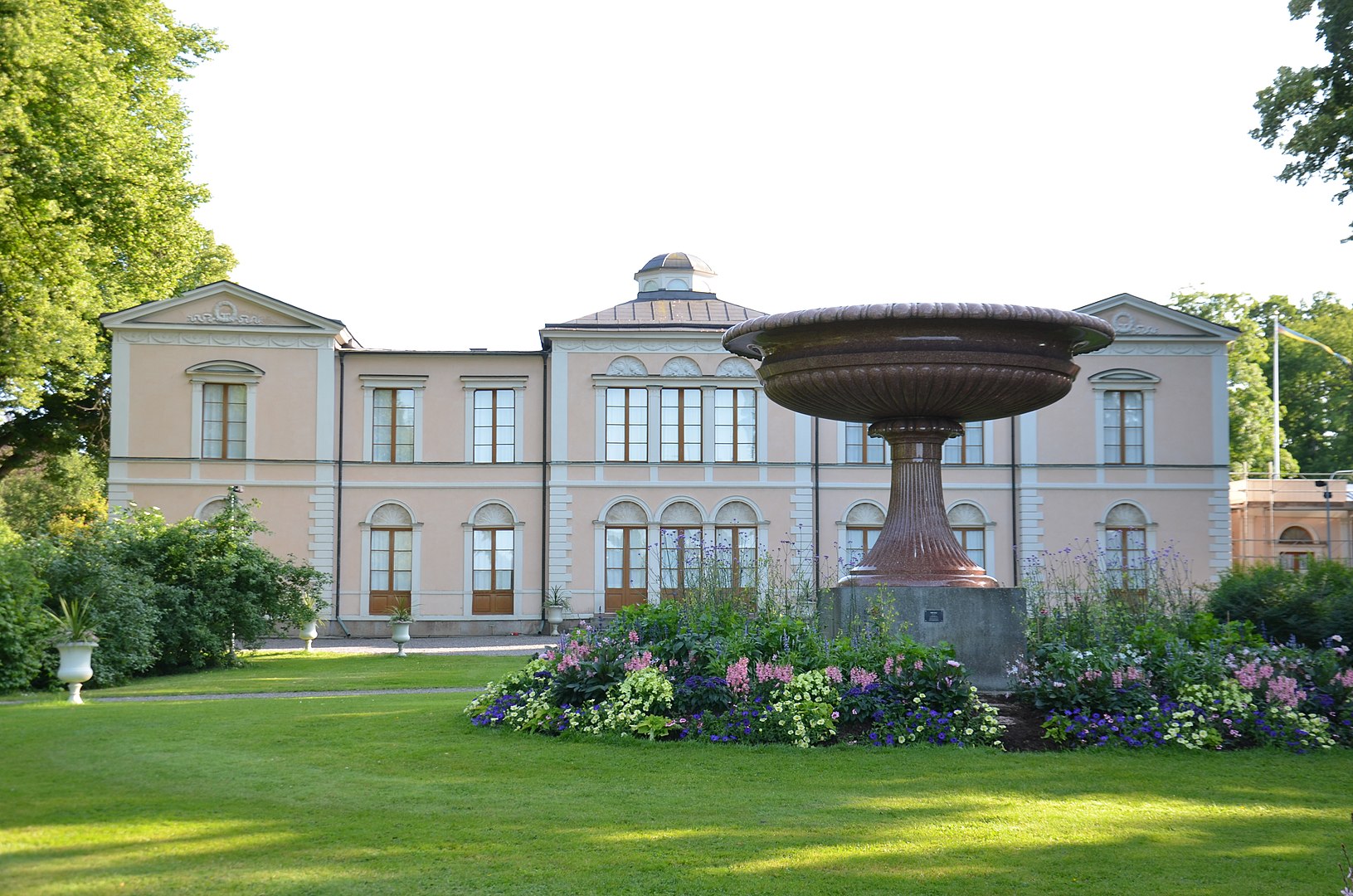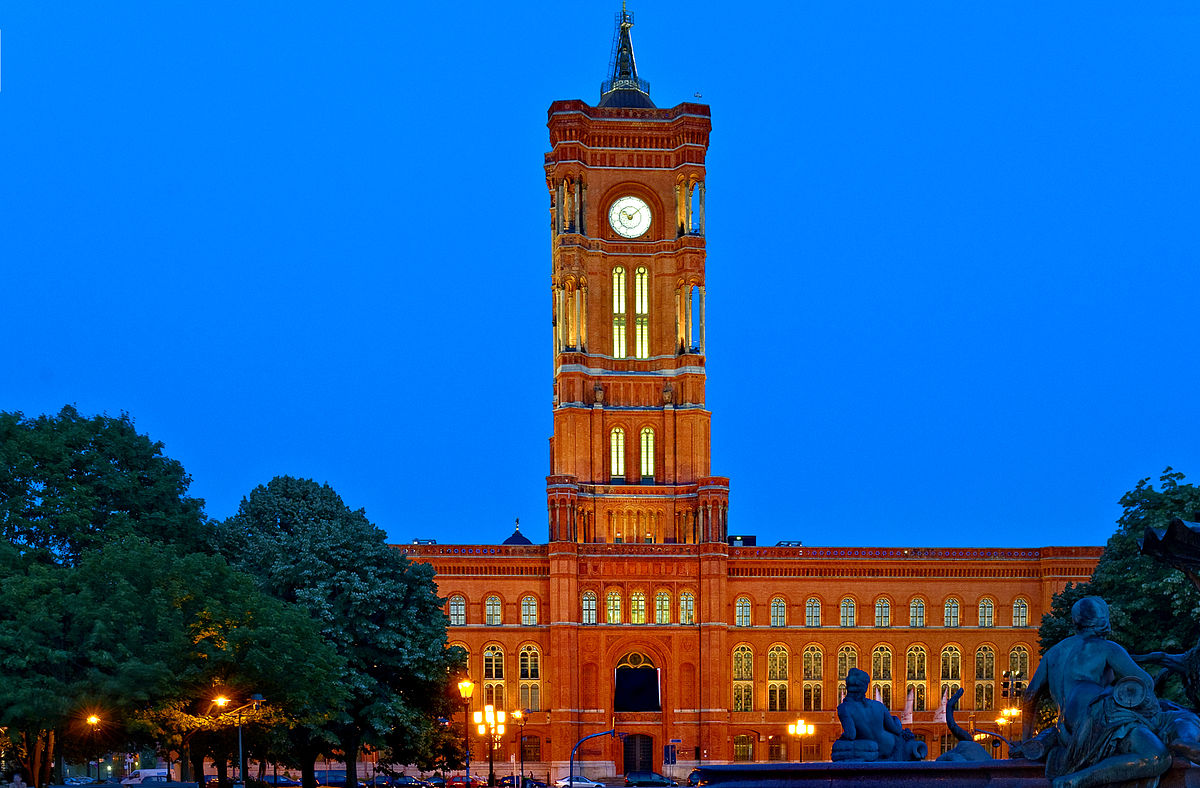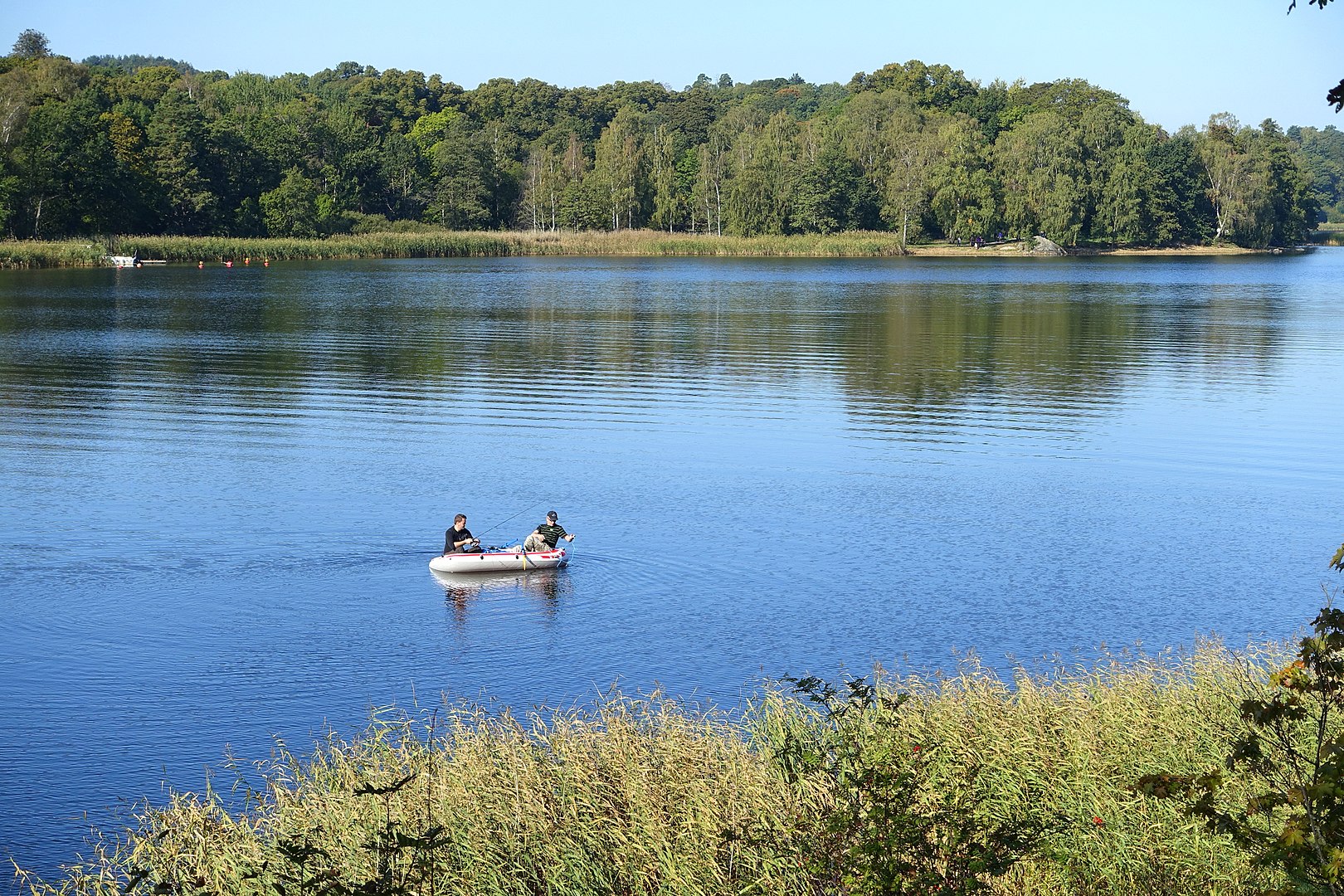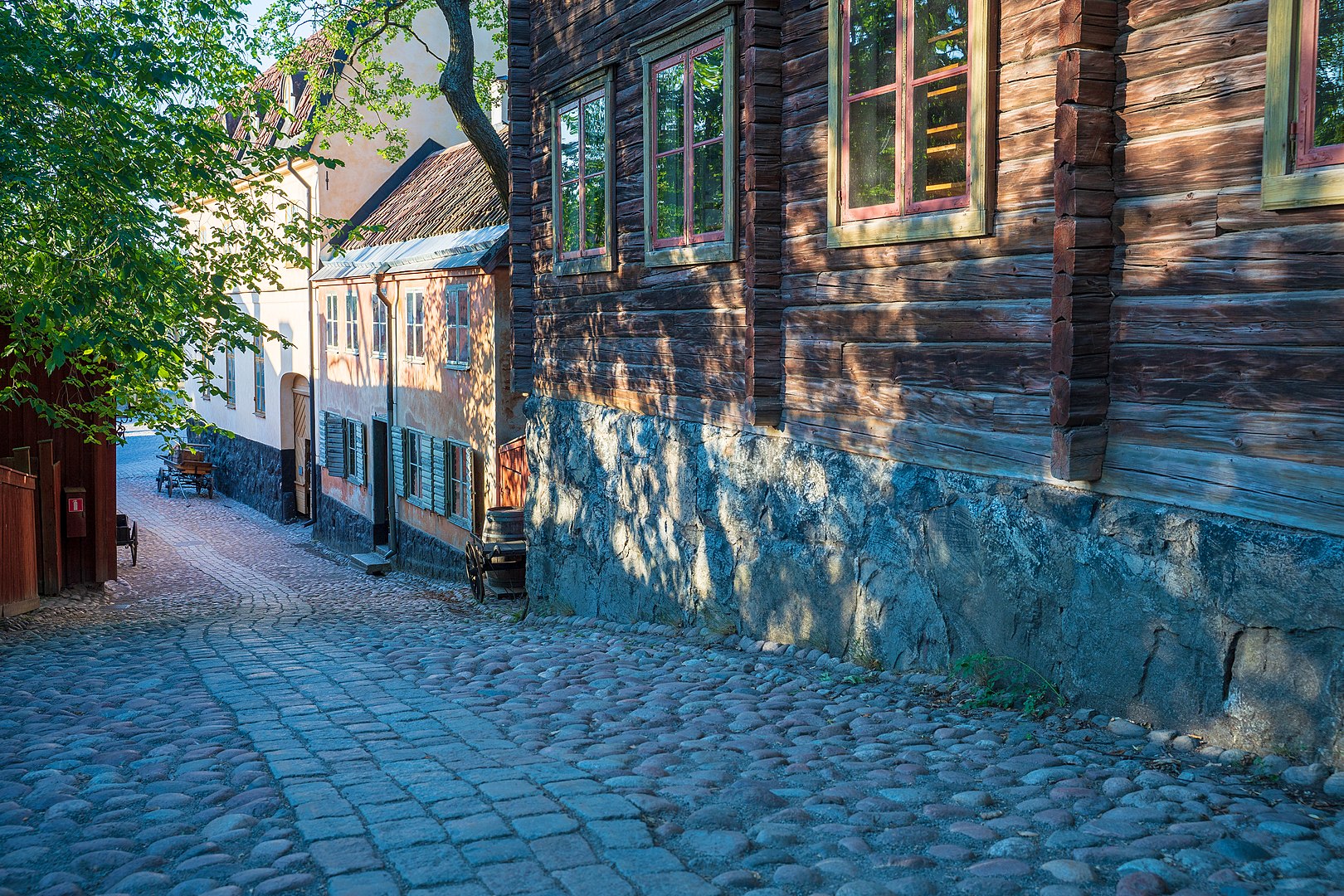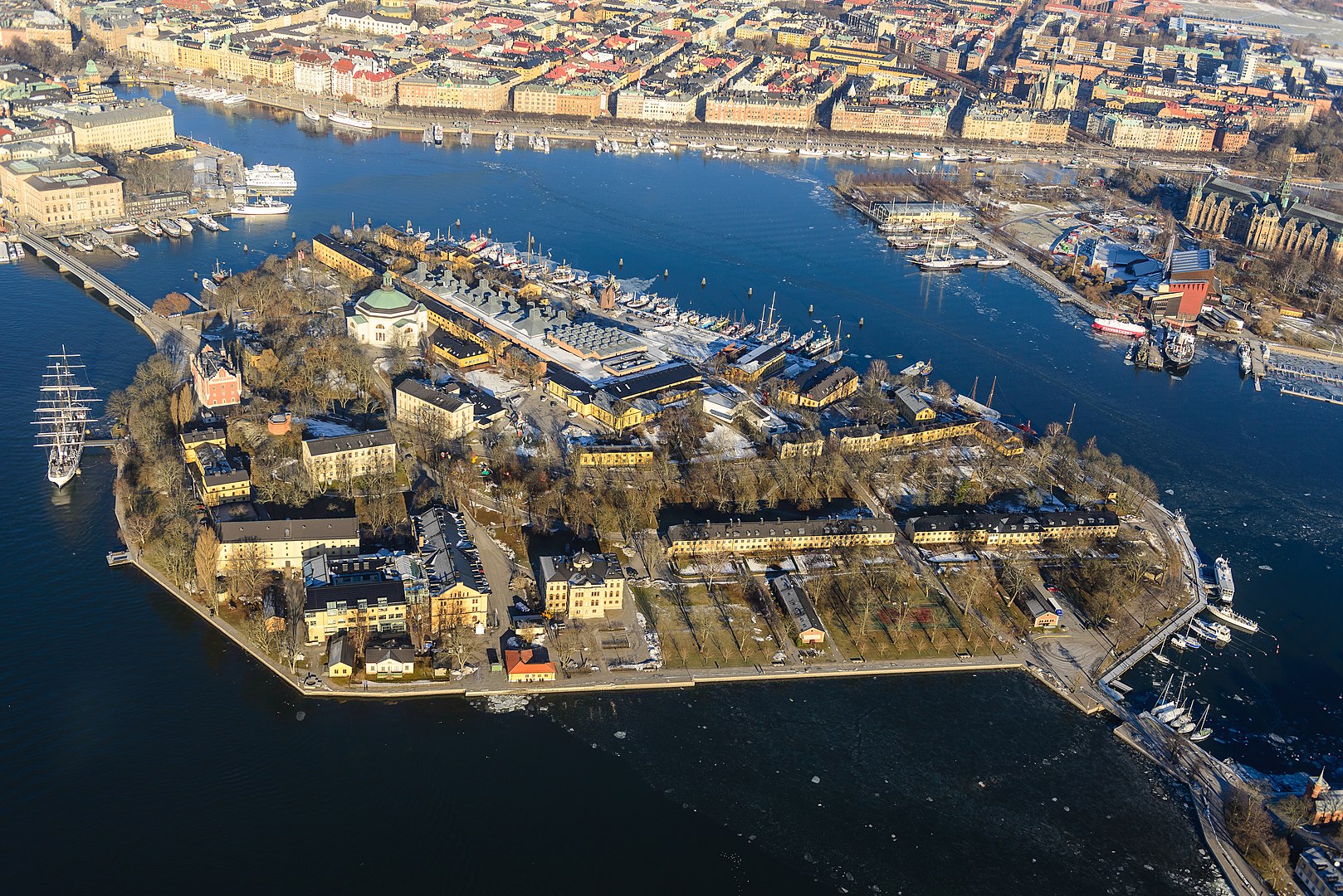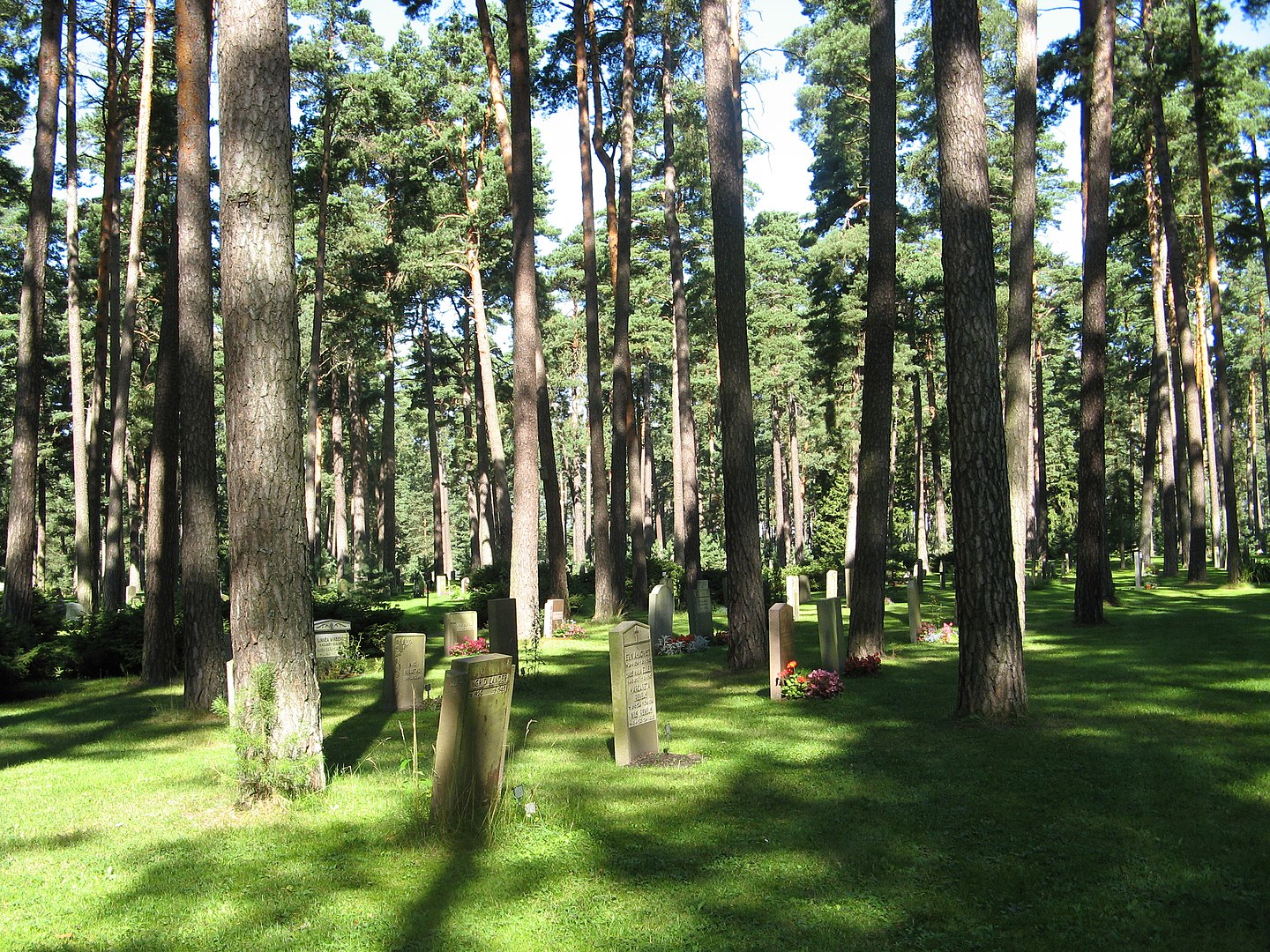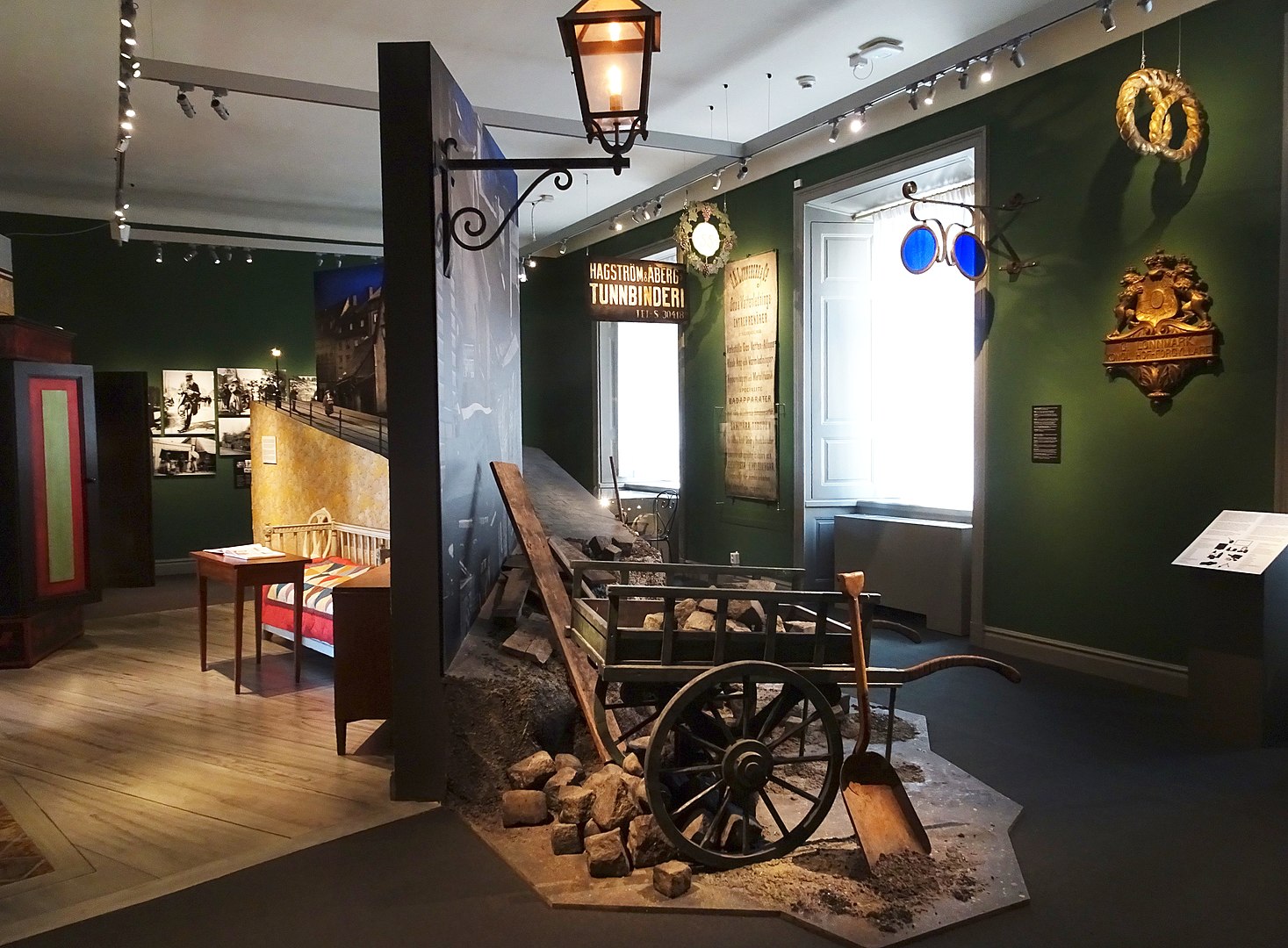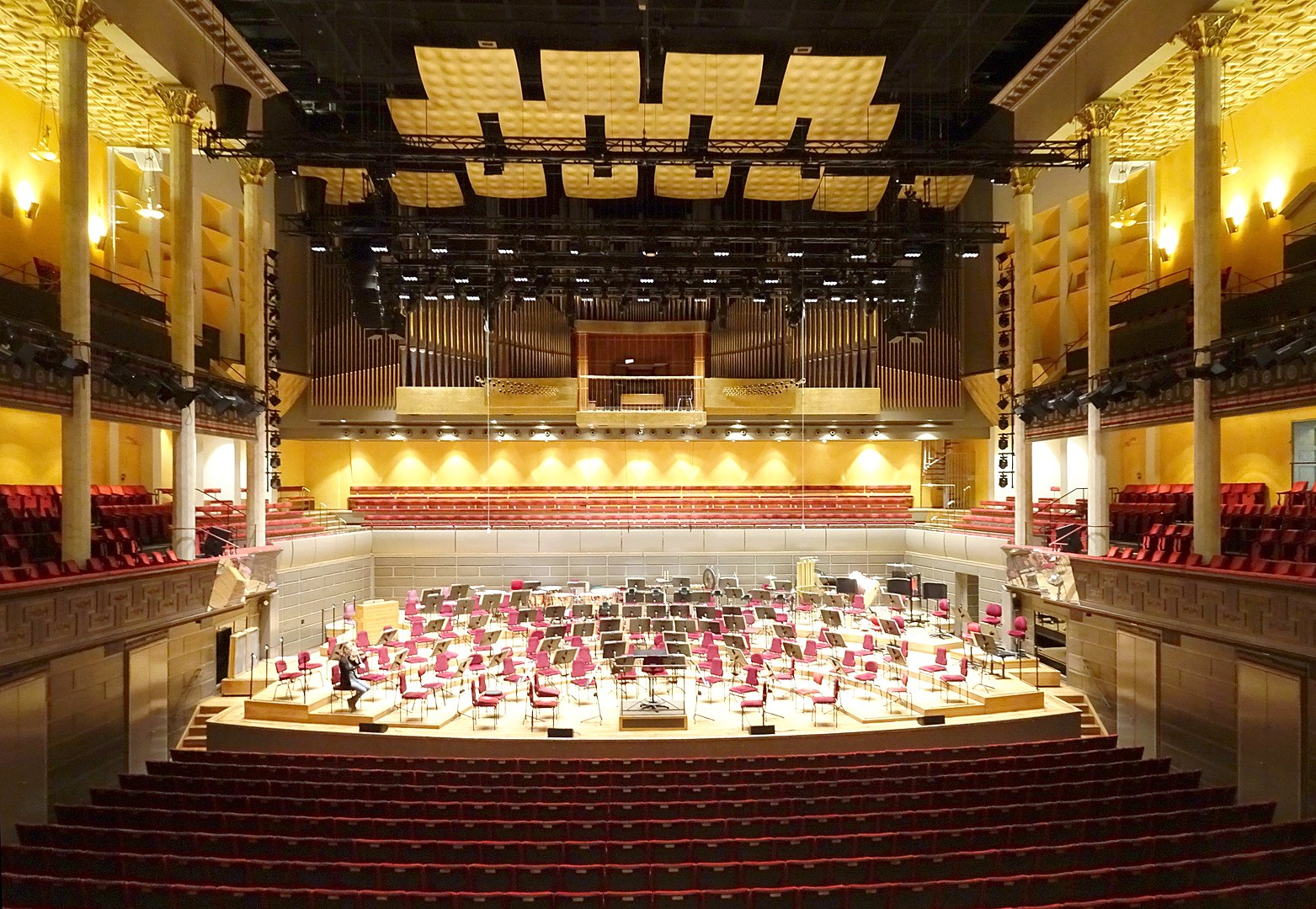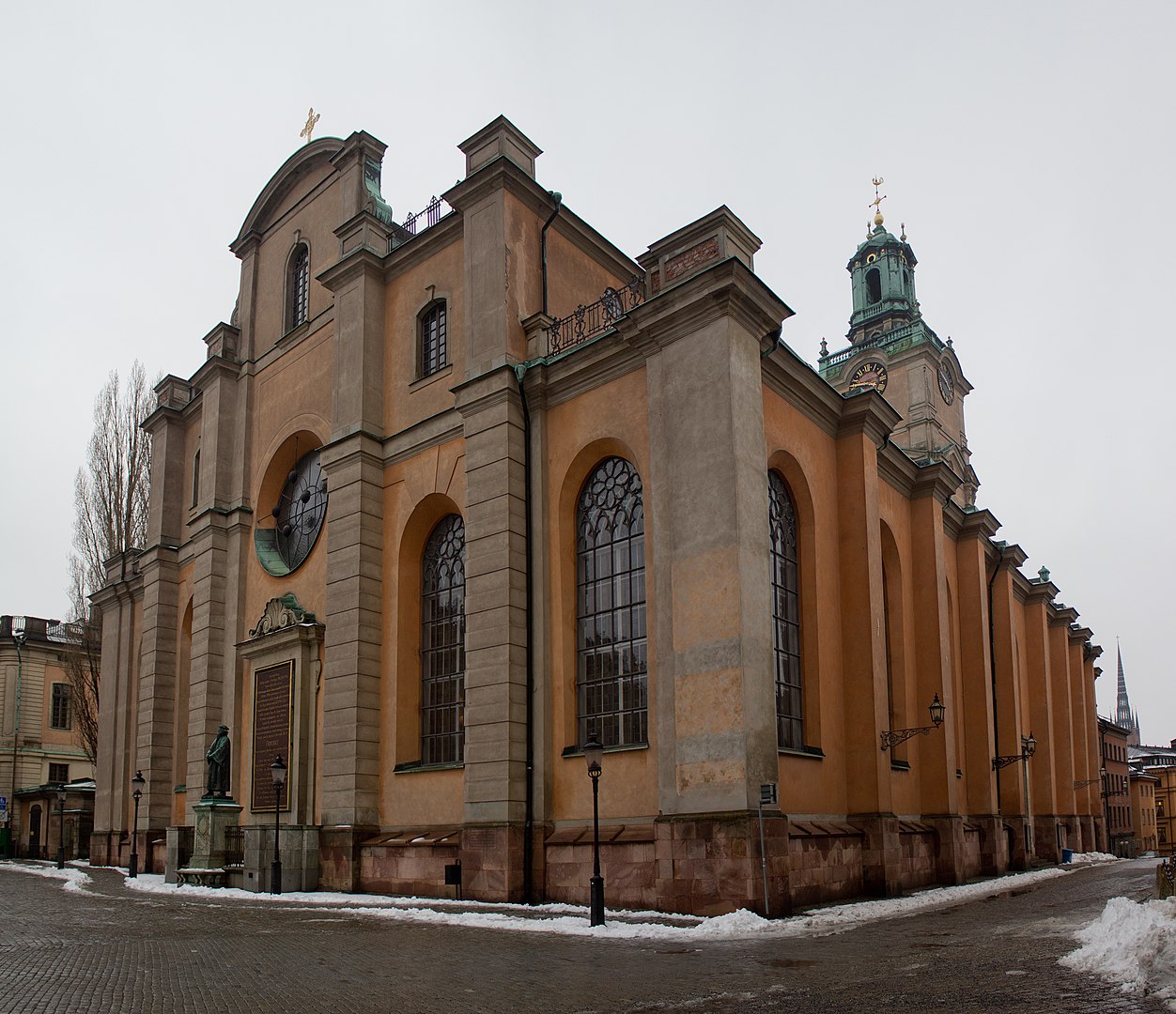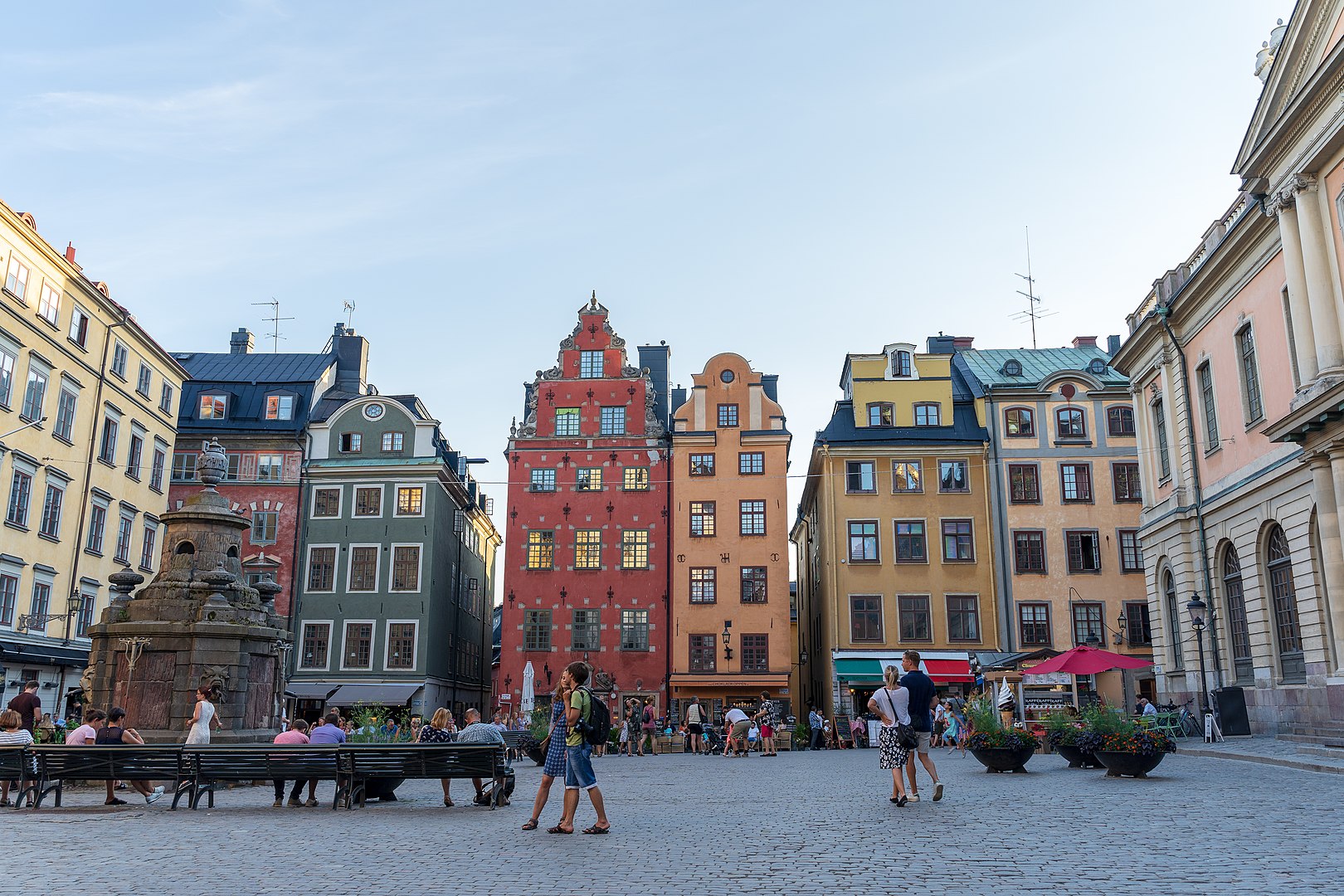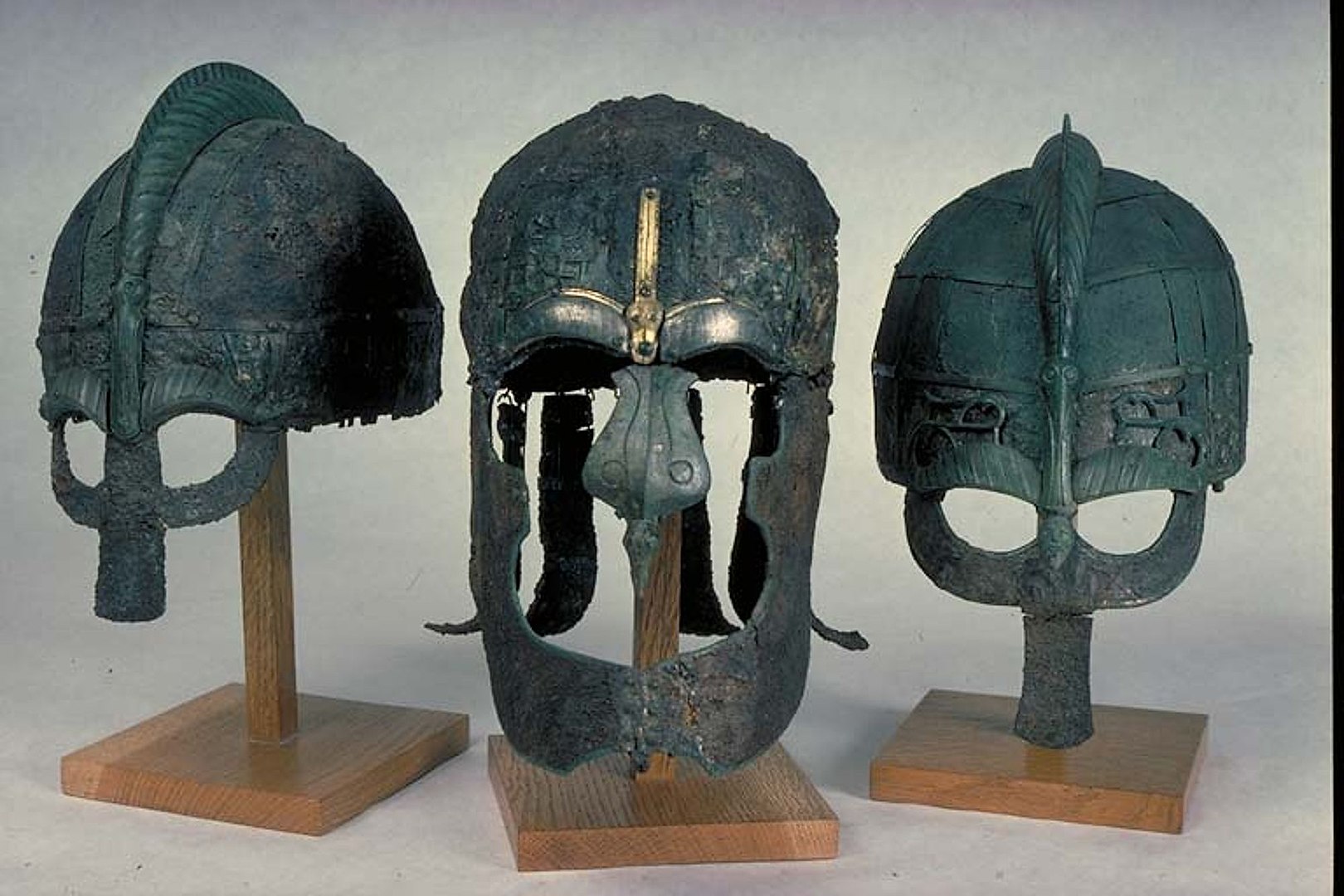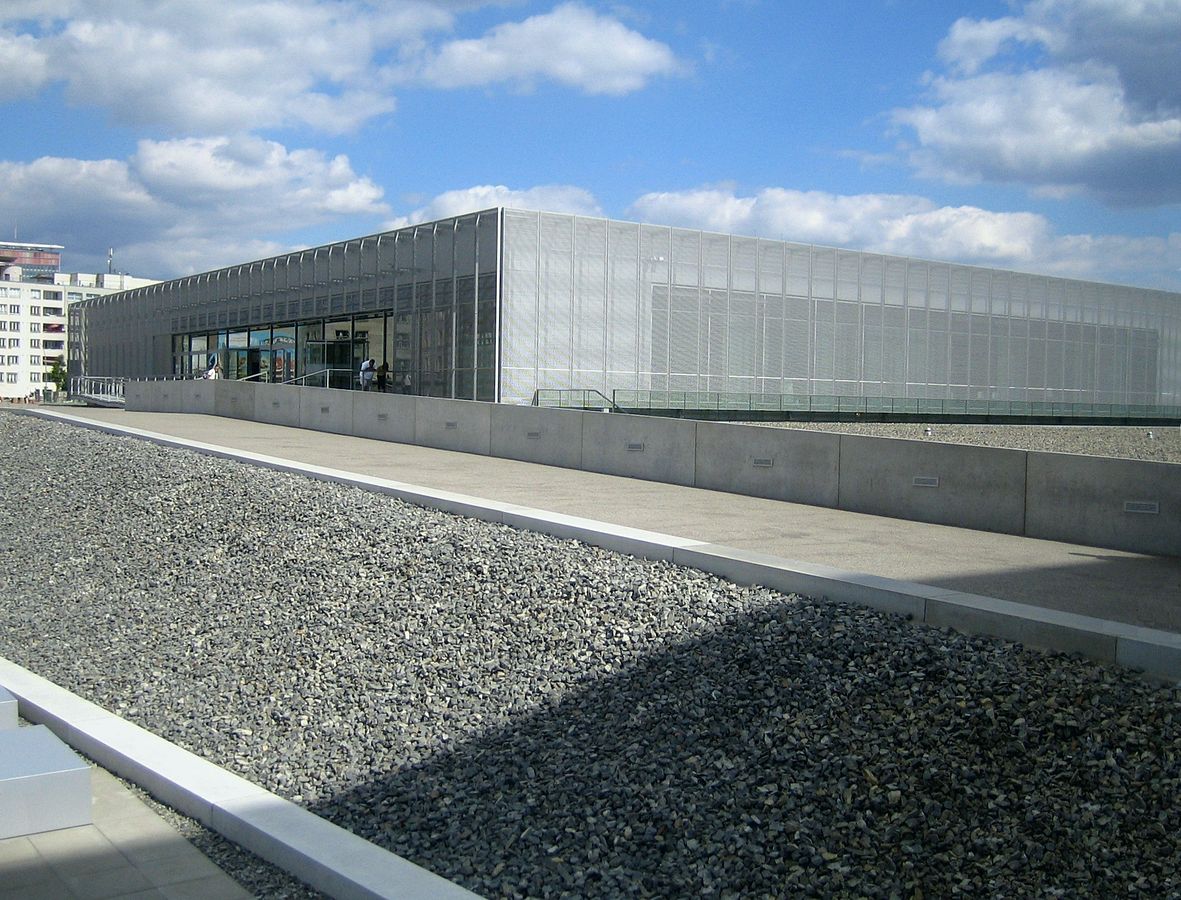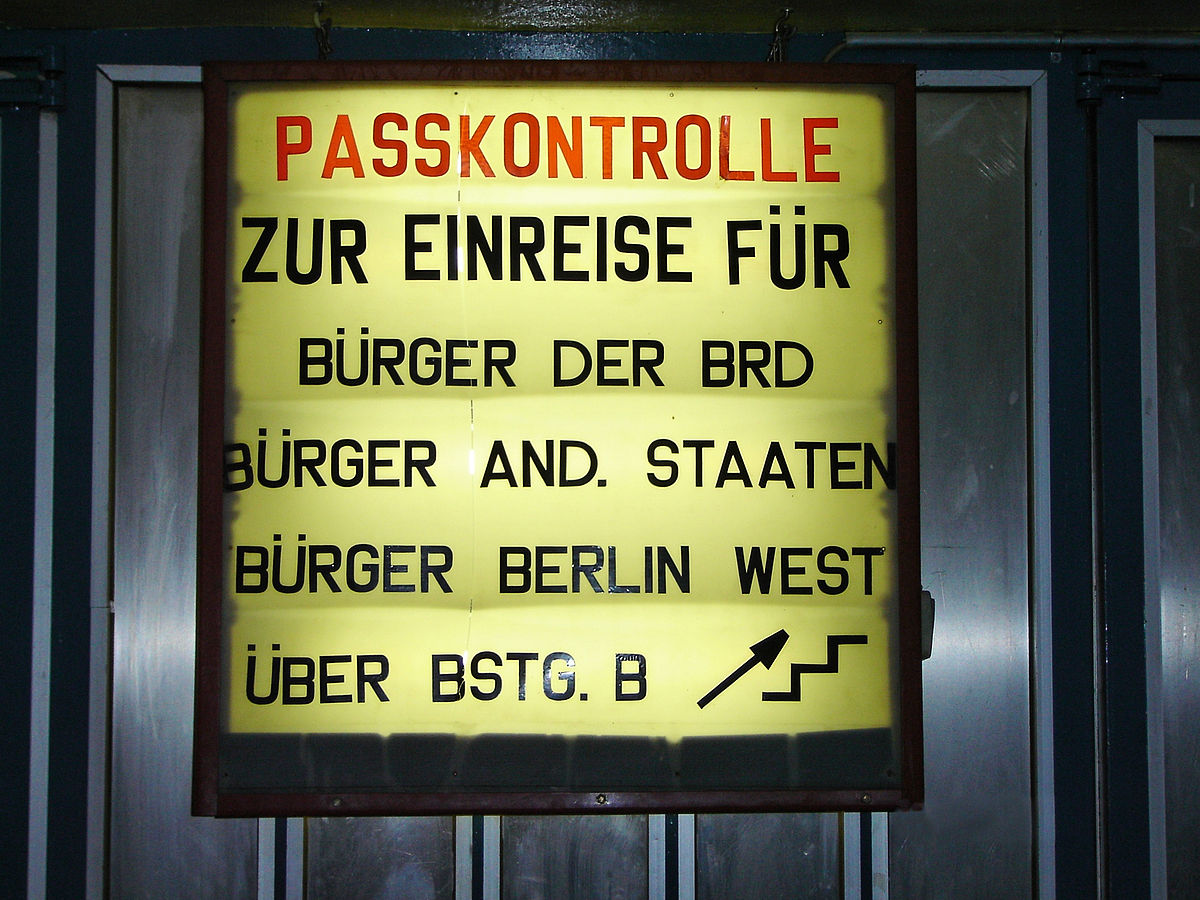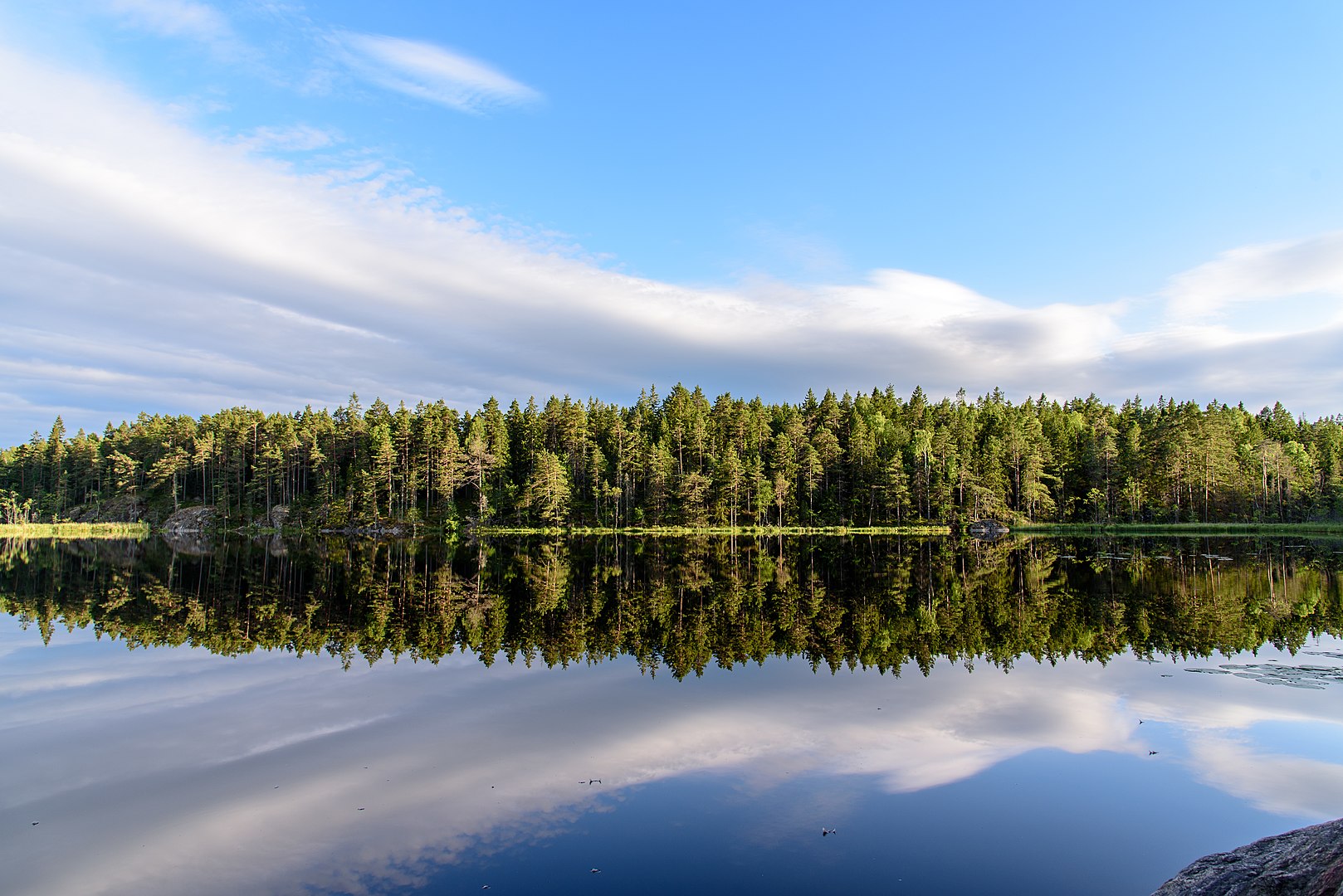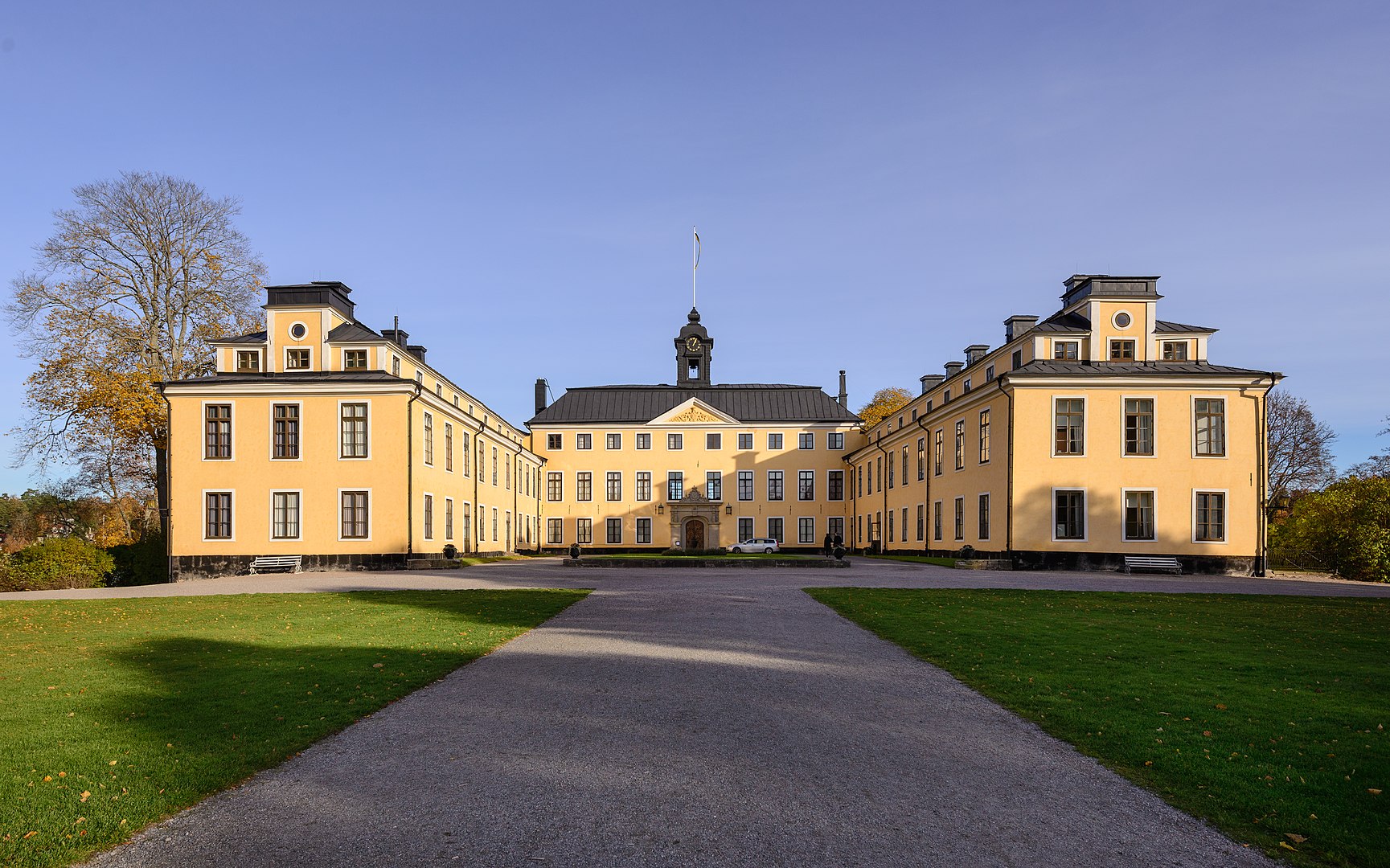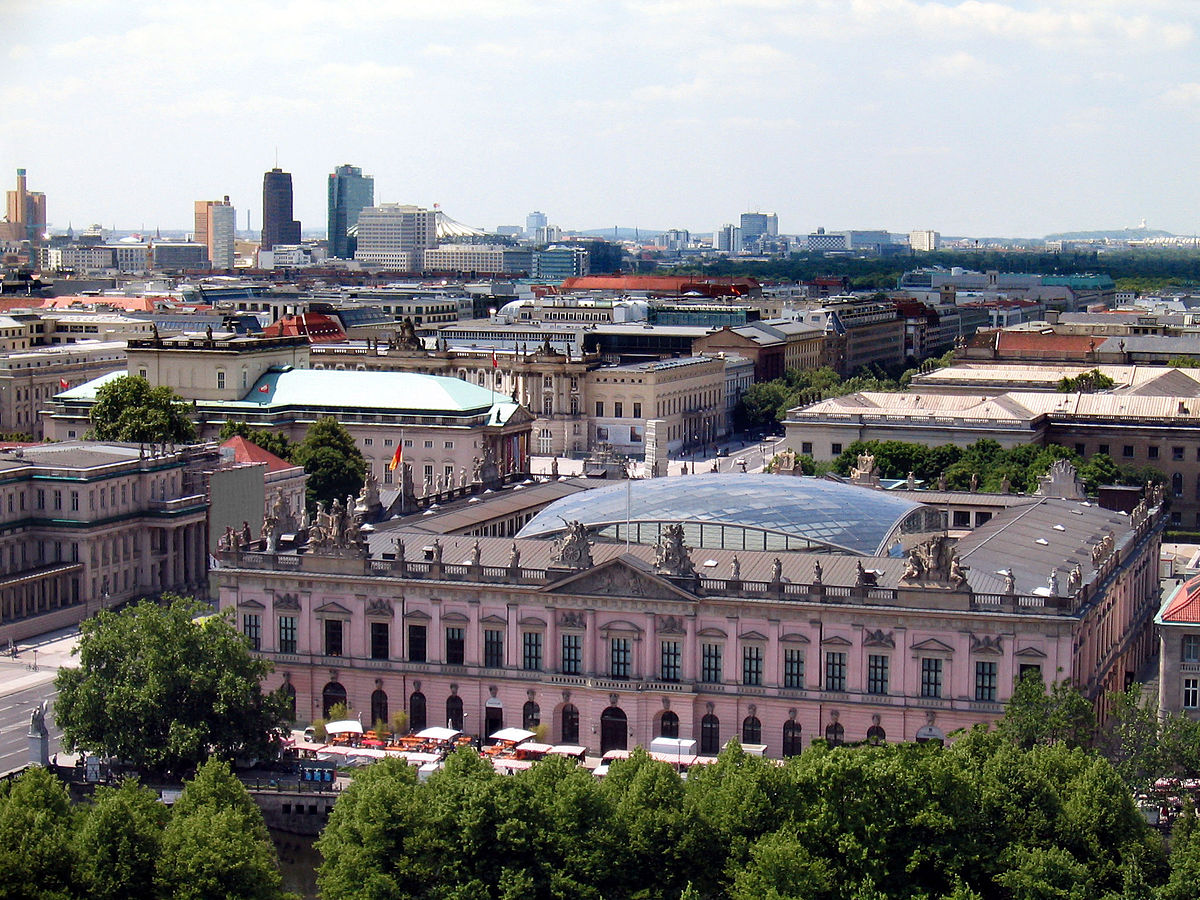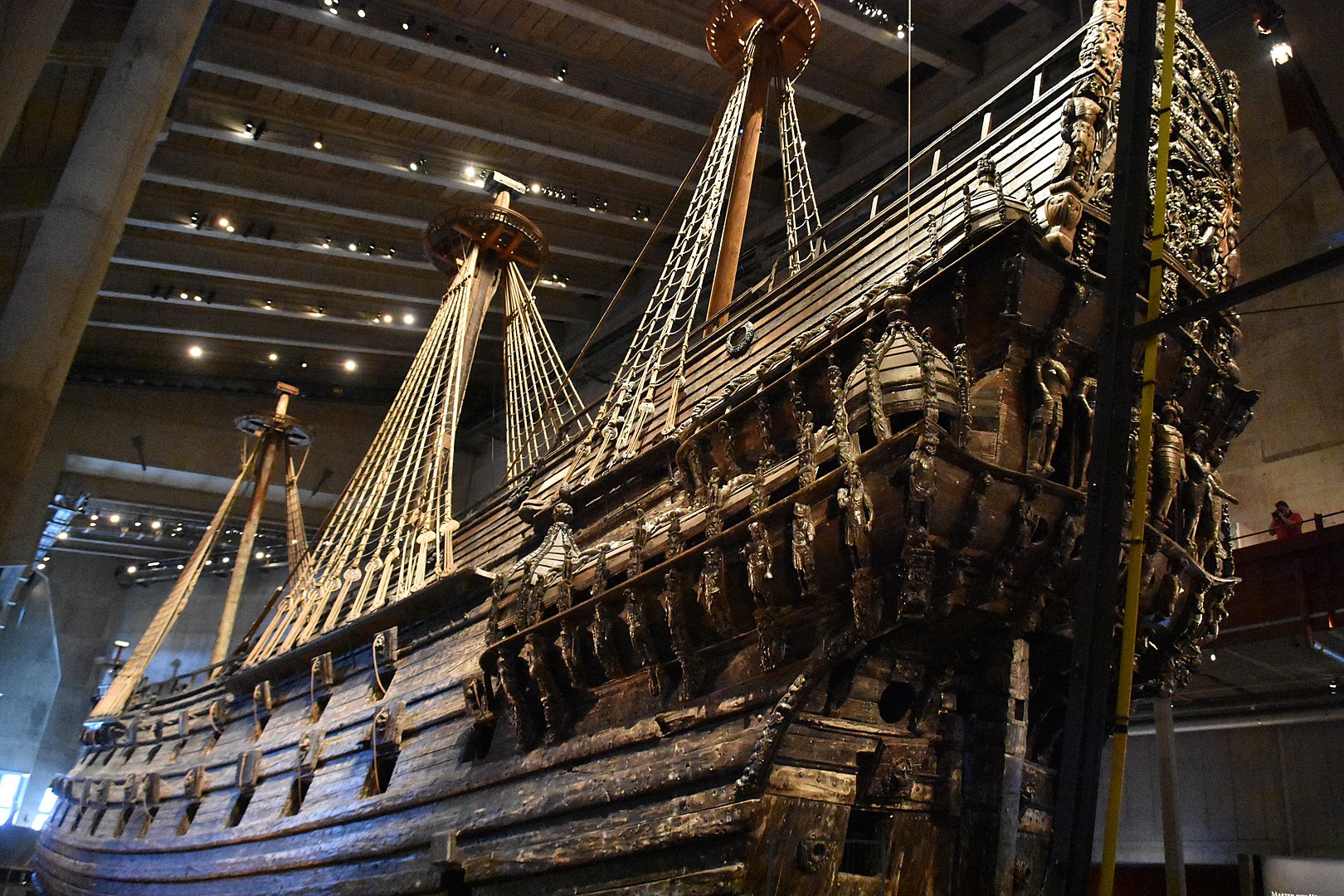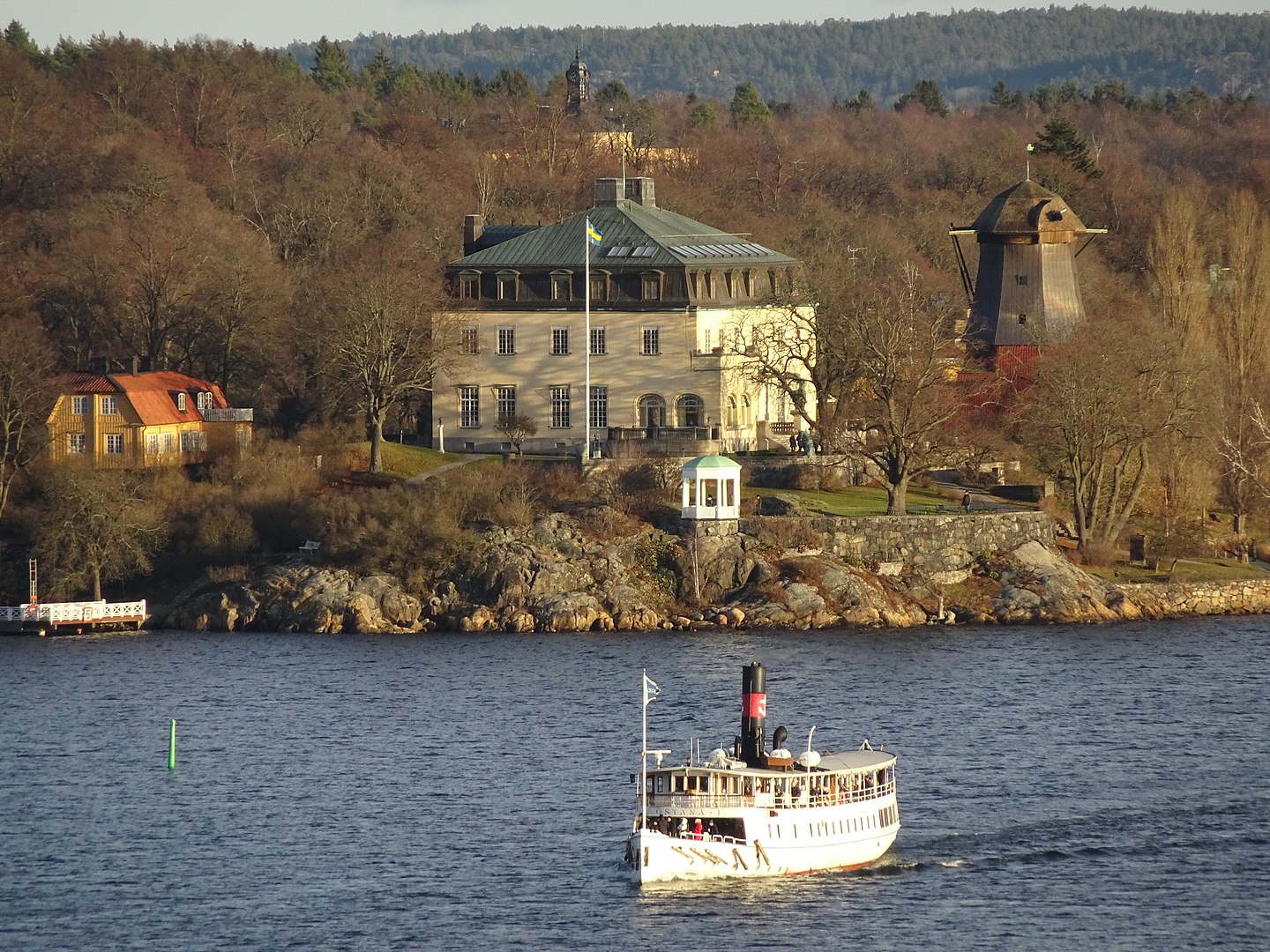BERLIN
Why is Berlin worth a visit?
The bear as the landmark of the German capital has a symbolic character, because in no other city in Germany the bear taps as much as in Berlin. With its now almost four million inhabitants, Berlin is Germany’s only global metropolis where something is happening every day and every night. No wonder that the capital is by far the most popular domestic destination for both Germans themselves and foreign visitors, with over 12 million visitors coming to the city every year.
Here are our top 10 reasons to travel to Berlin:
1. Berlin is home to the most famous sights of Germany. Who does not know the Brandenburg Gate, the Reichstag building, the Victory Column in the middle of the Tiergarten, the Kaiser Wilhelm Memorial Church, Unter den Linden, the Gendarmenmarkt and the television tower at Alexanderplatz (to name but a few).
2. Berlin is a super dynamic city. Even more than 20 years after the German reunification, the face of the city still changes from year to year.
3. Berlin is pure contemporary history. No other city in the world has experienced so many terrible but also beautiful moments in the last decades as the German capital – from the destruction of the Second World War and the division of the city during the Cold War to the reunification and the “reconstruction” of the city.
4. Due to its eventful past of the last decades, Berlin also offers a whole range of museums on contemporary history, dealing with National Socialism (Memorial to the Murdered Jews of Europe, Topography of Terror), the division of the city into East and West (Berlin Wall Memorial, Checkpoint Charlie Museum, Palace of Tears) and the GDR era (GDR Museum, Berlin-Hohenschönhausen Memorial).
5 Berlin is also one of the most important museum locations for ancient art. The five historical art and culture museums on the Museum Island (Alte Nationalgalerie, Altes Museum, Bode Museum, Neues Museum, Pergamon Museum) alone are worth a visit, which is why they are listed as UNESCO World Heritage Sites with good reason.
6. Berlin is Germany’s undisputed cultural capital and one of the cultural hotspots of Europe. The Berlinale, the Berlin Fashion Week, the Classical Open Air, the Literature Festival, the Jazz Festival, the Dance Festival etc. – Month after month, Berlin has various events to offer for every taste.
7. Berlin has a fabulous theater, concert and opera scene. With its three opera houses, several orchestras (including the Berlin Philharmonic Orchestra) and numerous theater stages (such as the famous Berliner Ensemble), the stages of the German capital have an incredibly dense and diverse program to offer.
8. Berlin is a “scene city” of world class. Berlin has (probably rightly) the image of a hip, young, creative and international city. Music, party and club fans will find some of the hippest locations in the world here.
9. Shopping in Berlin is great. Everywhere you can find small, independent “underground stores” with a range of products that you won’t find anywhere else.
10. Berlin is relaxed. Although with its population of nearly 4 million people the German capital is the largest metropolis in Central Europe, it doesn’t necessarily give you the feeling of a big city bustle.
For whom is Berlin worth a visit?
Sightseers:
Hardly any other city in Europe has such a long list of famous and extraordinary sights to offer as Berlin. To appreciate them all, one would have to spend many weeks in the city.
Contemporary history buffs:
As the former residence city of the Prussian kings, capital of the German Empire, and the capital of reunited Germany divided and united in East and West, Berlin is a very special place for those interested in history. There is hardly any other city where history, especially that of the last decades, comes across as vividly at every turn as here.
Museum visitors:
Next to London, Paris and Vienna, Berlin is certainly Europe’s most interesting museum location. The five historical art and culture museums on the Museum Island alone are worth a visit, which is why the island is listed as a UNESCO World Heritage Site for good reason. In addition, due to its eventful past of the last decades, Berlin also has a whole range of interesting museums about contemporary history to offer.
Opera, concert and theater fans:
You will get your money’s worth in the German capital. With its three opera houses, several orchestras (including the Berlin Philharmonic Orchestra) and numerous theater stages (such as the famous Berliner Ensemble), the stages of the capital have an incredibly dense and diverse program to offer.
Festival goers:
The Berlinale, the Berlin Fashion Week, the Classical Open Air, the Literature Festival, the Jazz Festival, the Dance Festival etc. – no other city in Germany has as many interesting festivals to offer as Berlin.
Party people:
Berlin is hip, young, creative and international. Accordingly, music, party and club fans will find some of the hippest locations in the world here. And fans of hip stores will also find their shopping luck in many cool stores in Berlin.
Families and children:
And last but not least, it should also be said that Berlin is a great place to visit with children. The famous Zoological Garden, the Tiergarten, the TV Tower and the many museums, which also offer special children’s programs, will delight younger visitors.
Best time to travel
The best time to visit is in the summer months, when the weather is usually nice and warm and you can also explore the city on foot or enjoy it outdoors. But also in May and September Berlin usually has good weather to offer. Of course you can also visit the German capital in fall and winter. With its many museums, even wet and cold days can be endured very well in Berlin. December is also a good month for traveling, because then Berlin with its many Christmas markets radiates a very special charm.
Getting there
By car:
Berlin is located at the intersection of several highways and can therefore be easily reached from all directions. The A24 connects the capital with Hamburg, with junctions to the A19 to Rostock and the A14 to Schwerin. The A2 is the main connection to the west and leads via Magdeburg, Braunschweig and Hannover to the Ruhr area. The A9 is Berlin’s way south and runs via Leipzig and Nuremberg to Munich. The A13 leads to Dresden and the A15 to Cottbus and Wroclaw. The A12 is the main traffic route towards Poland and connects Berlin with Frankfurt/Oder, Poznan, Lodz and Warsaw. And finally, the A11 leads to Szczecin or via the A20 to the Baltic Sea coast.
By train:
Berlin is the most important railroad junction in eastern Germany and offers regular connections to all major German cities. For visitors to Berlin, Berlin Hauptbahnhof is the most important arrival and departure station.
By plane:
At the end of 2020, after a delay of several years, the new Berlin Capital Airport went into operation. It replaces the two old airports Tegel and Schönefeld. The next few years will show which flight connections will be offered to and from the new Berlin airport.
Shopping
When it comes to shopping, Berlin leaves almost no wish unfulfilled. As befits a European metropolis, the German capital has an incredibly wide range of shopping malls, shopping streets and markets to offer. The disadvantage for visitors is that, unlike other cities, Berlin does not have a real “business center” where a large part of the shopping activities take place. In Berlin, due to the city’s large size and special history, almost every district has its own shopping infrastructure.
In Berlin-Mitte, Friedrichstrasse, Alexanderplatz, Potsdamer Platz and the Hackesche Höfe are the central contact points for all shopping enthusiasts. In the west, Kurfürstendamm is the most famous shopping mile. And, of course, a visit to the world-famous Kaufhaus des Westens (Department store of the west) is a must during a shopping spree through Berlin.

Food and drink
From a culinary point of view, Berlin has much more to offer than just meatballs, curry sausage, knuckle of pork and kebab. Because the gastronomic scene of the German capital is diverse in every respect. From starred restaurants to kebab stands on the corner, everything is represented here.
As a particularly trendy city, Berlin’s bar and restaurant scene is constantly changing and likes to try something new. More and more localities attach importance to regional and seasonal products, ideally from urban farming cultures. Berlin classics such as Eisbein with pea puree or Sülze with fried potatoes are reinterpreted in many cuisines. It goes without saying that in many places in Berlin you will also find restaurants specializing in vegetarian and vegan dishes. And even more unusual gastronomic projects, such as a dessert restaurant, naturally have their place in Berlin.
A special feature of Berlin is the offer of Polish and Russian cuisine. The proximity to Eastern Europe and the associated large community of Poles and Russians makes Berlin a hotspot for Eastern European cuisine.
Nightlife and entertainment
Berlin’s nightlife turns night into day during the day. In hardly any other European city can you party as long and as well as in the German capital. In contrast to many other cities, Berlin has no curfew. The Berlin party, club and music scene is one of the liveliest and most exciting in the world. Clubs such as Berghain or Watergate are among the top addresses worldwide and are permanent contact points for the crème de la crème of the DJ world. From chic party locations to run-down dives with live music, Berlin has something to offer for every taste.
Those who prefer a more dignified atmosphere and prefer to go to the theater, concert or opera are spoilt for choice from a variety of stages with the most diverse programs. For opera lovers, the German capital has three opera houses. Berlin’s theater stages are among the best and most famous in the German-speaking world, along with those in Vienna and Hamburg. And concert goers can listen to a number of other excellent orchestras in addition to the Berlin Philharmonic.
Sights
- All in Berlin
- Alle in Stockholm
- Beaches
- Bridges
- Castles & Palaces
- Churches & Monasteries
- Districts
- Gardens & Parks
- Highlights
- Historical buildings
- Museums & Galleries
- Natural landscapes & National parks
- Other sights
- Shopping
- Streets & Squares
- Theater & Opera houses
- Theme & Amusement parks
- Viewpoints
- World Heritage Sites
- Zoos & Aquariums

Photos: Thomas Wolf, www.foto-tw.de, Brandenburger Tor abends, CC BY-SA 3.0 / Lars Steffens, Bundestag (9778027914), CC BY-SA 2.0 / Berlinuno, Alexander Platz, CC BY-SA 4.0 / nl:User:GerardM, Gedächtniskirche1, CC BY-SA 3.0 / KK nationsonline, Siegessäule-Berlin-Tiergarten, CC BY-SA 4.0 / Soluvo, Berlin 2012 (89), CC BY-SA 4.0 / Thomas Wolf, www.foto-tw.de, Berlin Museumsinsel Fernsehturm, CC BY-SA 3.0 / Thomas Wolf, www.foto-tw.de, Alte Nationalgalerie abends (Zuschnitt), CC BY-SA 3.0 / Orator, Memorial to the Murdered Jews of Europeabove, CC BY-SA 4.0 / Guido Radig, Berlin – Gendarmenmarkt (tone-mapping), CC BY 3.0 / Jess & Peter from Geneva, Switzerland, Gedenkstätte Berliner Mauer, CC BY 2.0 / Cherubino, 2013 Checkpoint Charlie memorial 02, CC BY-SA 3.0 / © Ralf Roletschek Ralf Roletschek creator QS:P170,Q15080600 , 16-07-04-Abflug-Berlin-DSC 0122, CC BY-SA 3.0 AT / User:Berlin-Motive, Buddy Bear Bebelplatz, CC BY-SA 3.0 / Avda / www.avda-foto.de, Berlin – Potsdamer Platz – 2016, CC BY-SA 3.0 / I, Times, Berlin Charlottenburger Schloss Strassenseite, CC BY-SA 3.0 / Jomont, Berlin Rotes rathaus, CC BY-SA 3.0 DE / Studio Daniel Libeskind, JewishMuseumBerlin, CC BY 3.0 / Avi1111 dr. avishai teicher, Soviet War Memorial (Treptower Park) (9), CC BY-SA 4.0 / Angelo Faiazza, Berlino, muro 02, CC BY-SA 4.0
English version: Machine translation by DeepL





